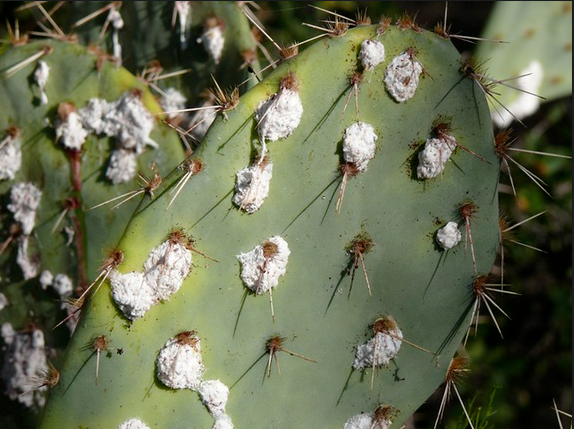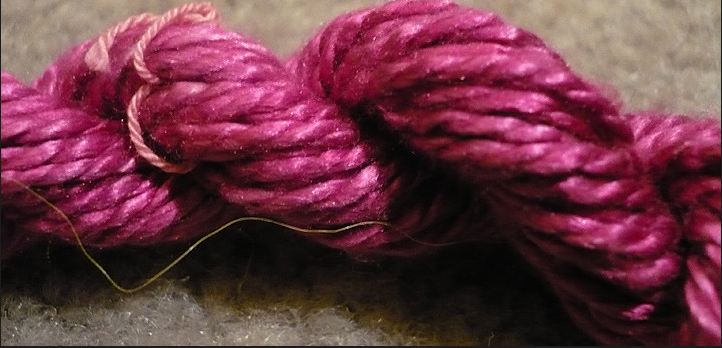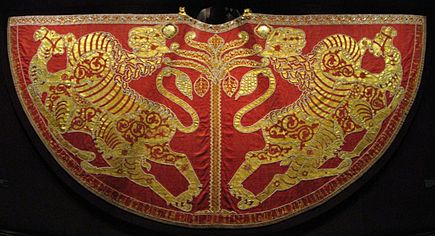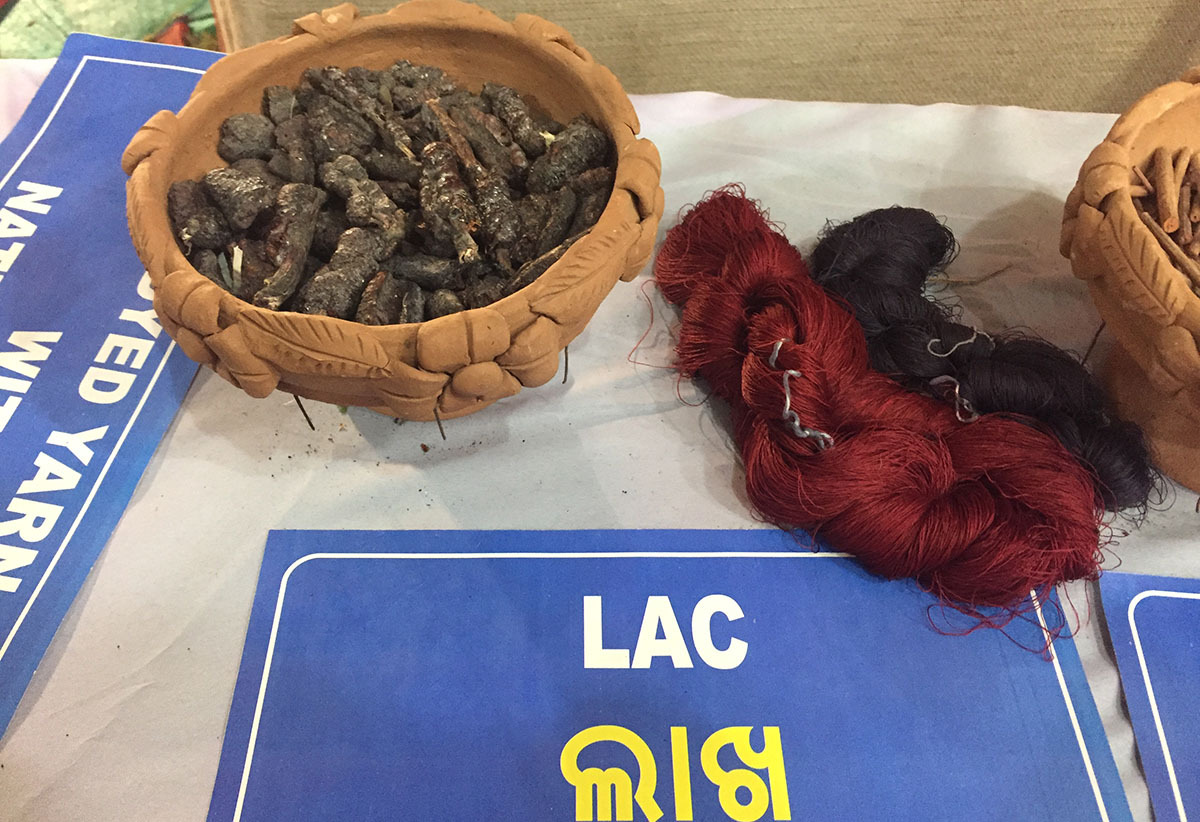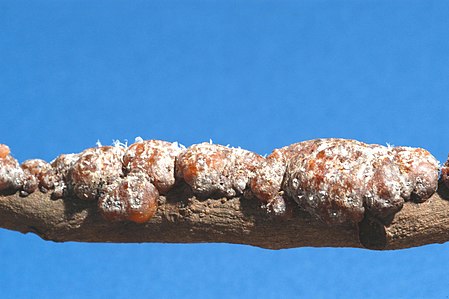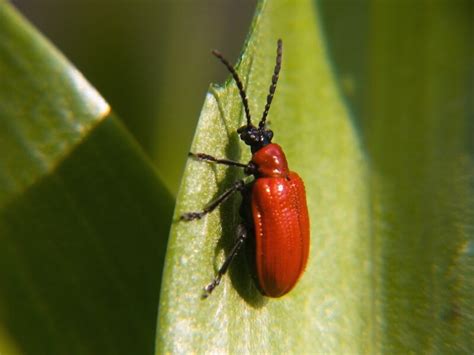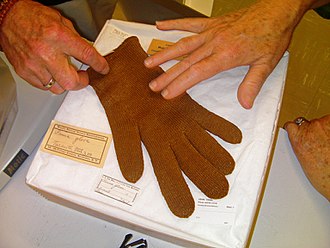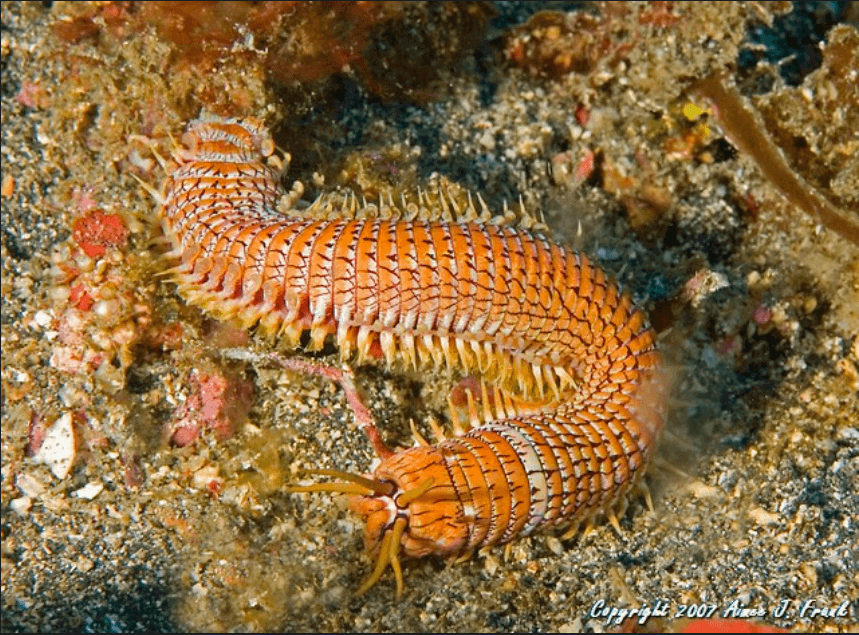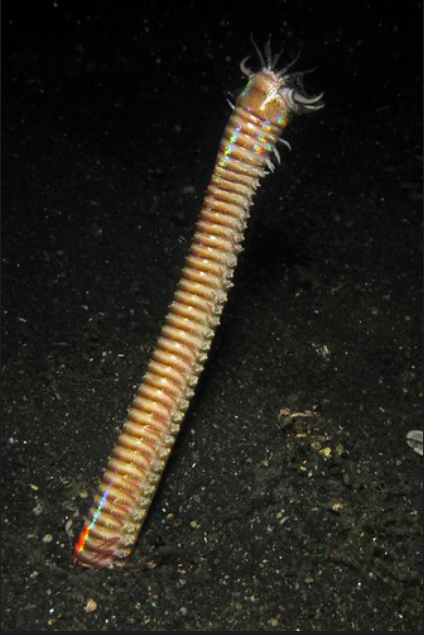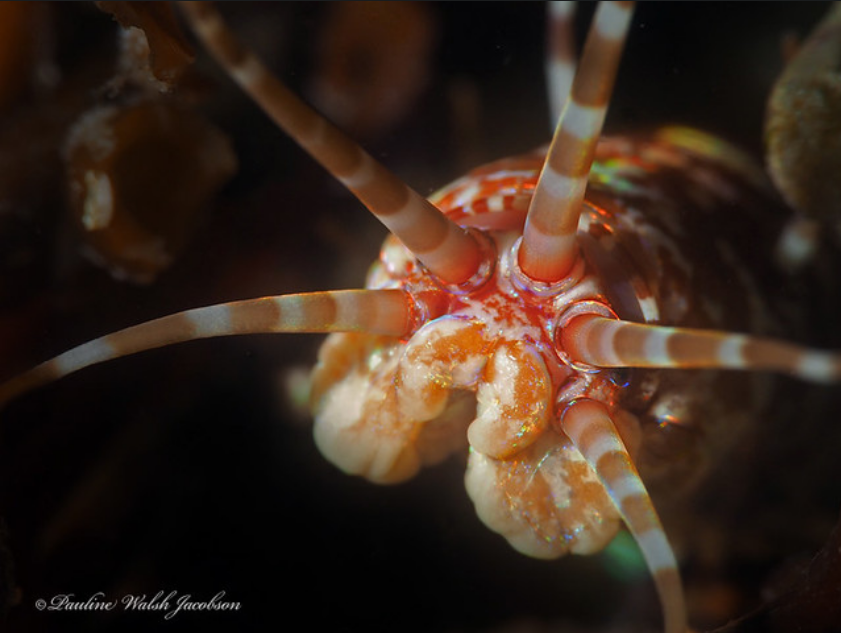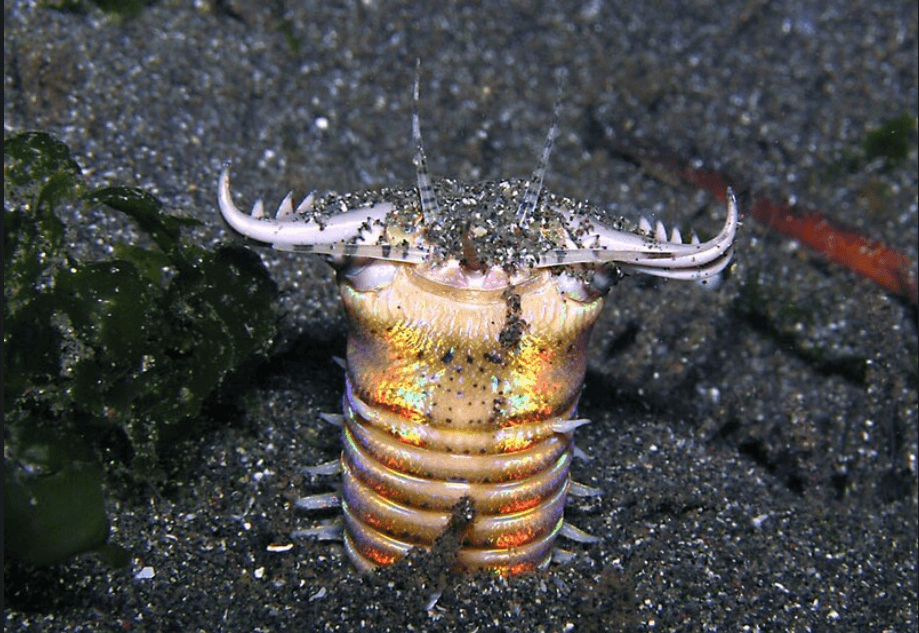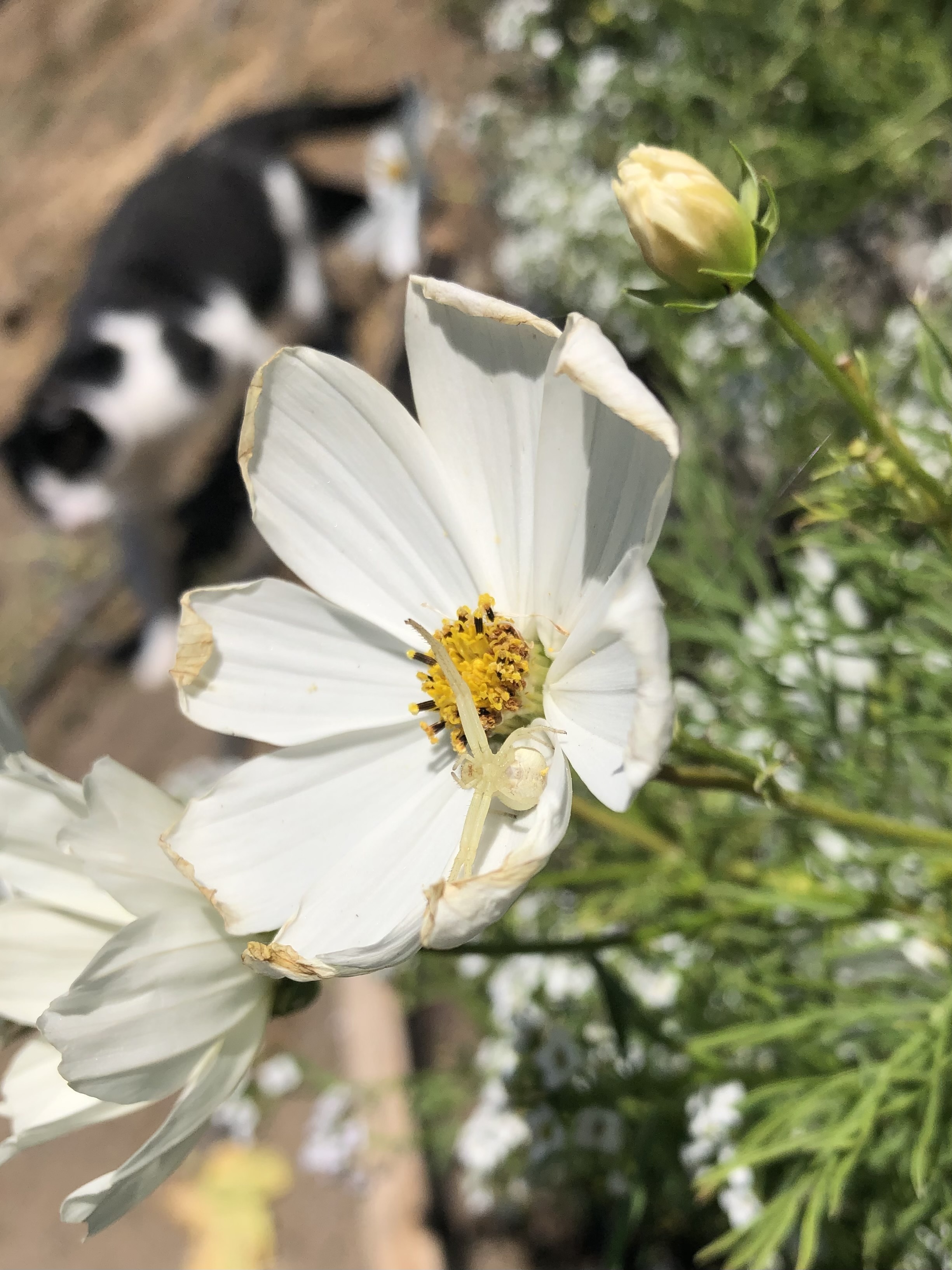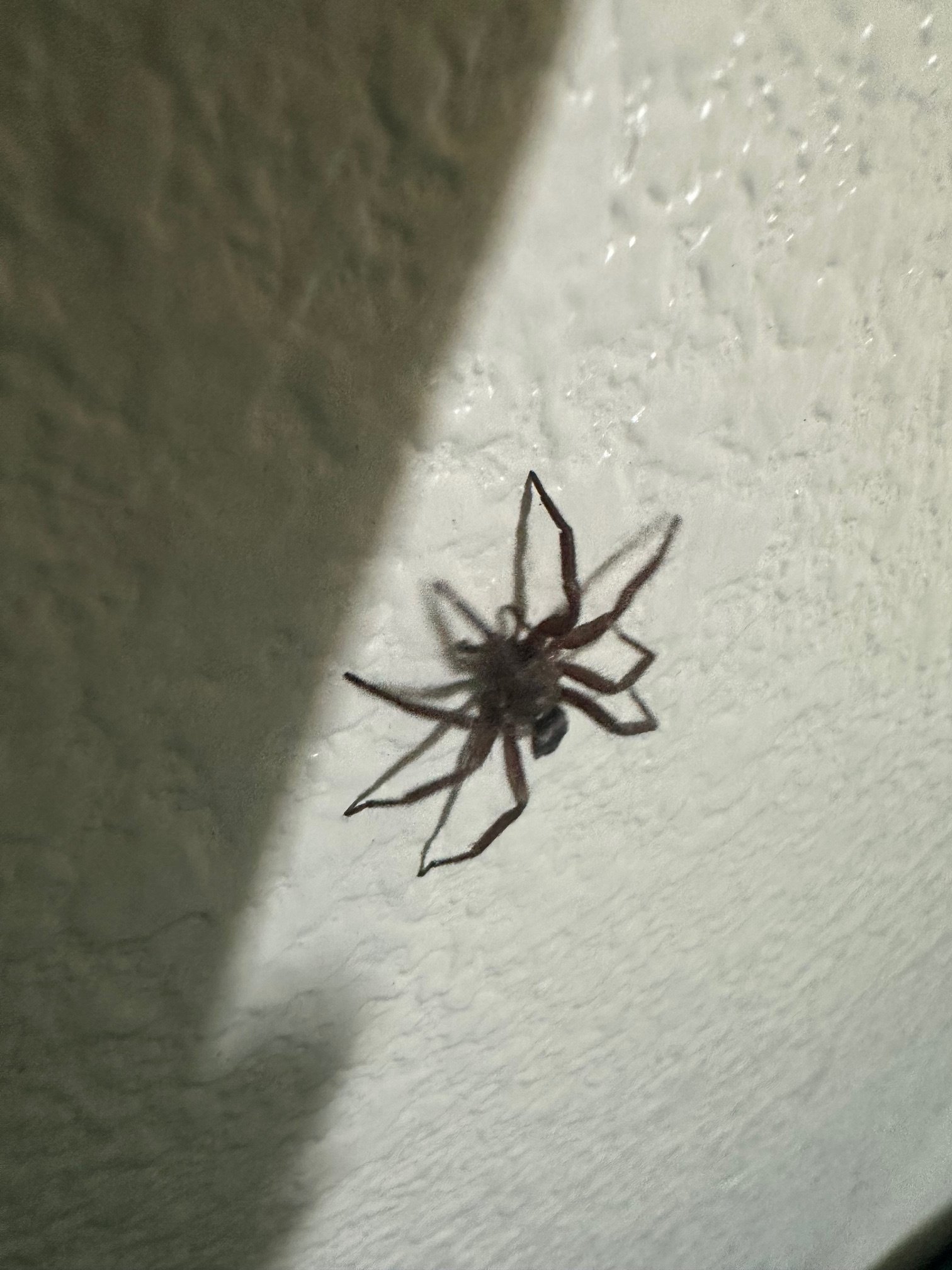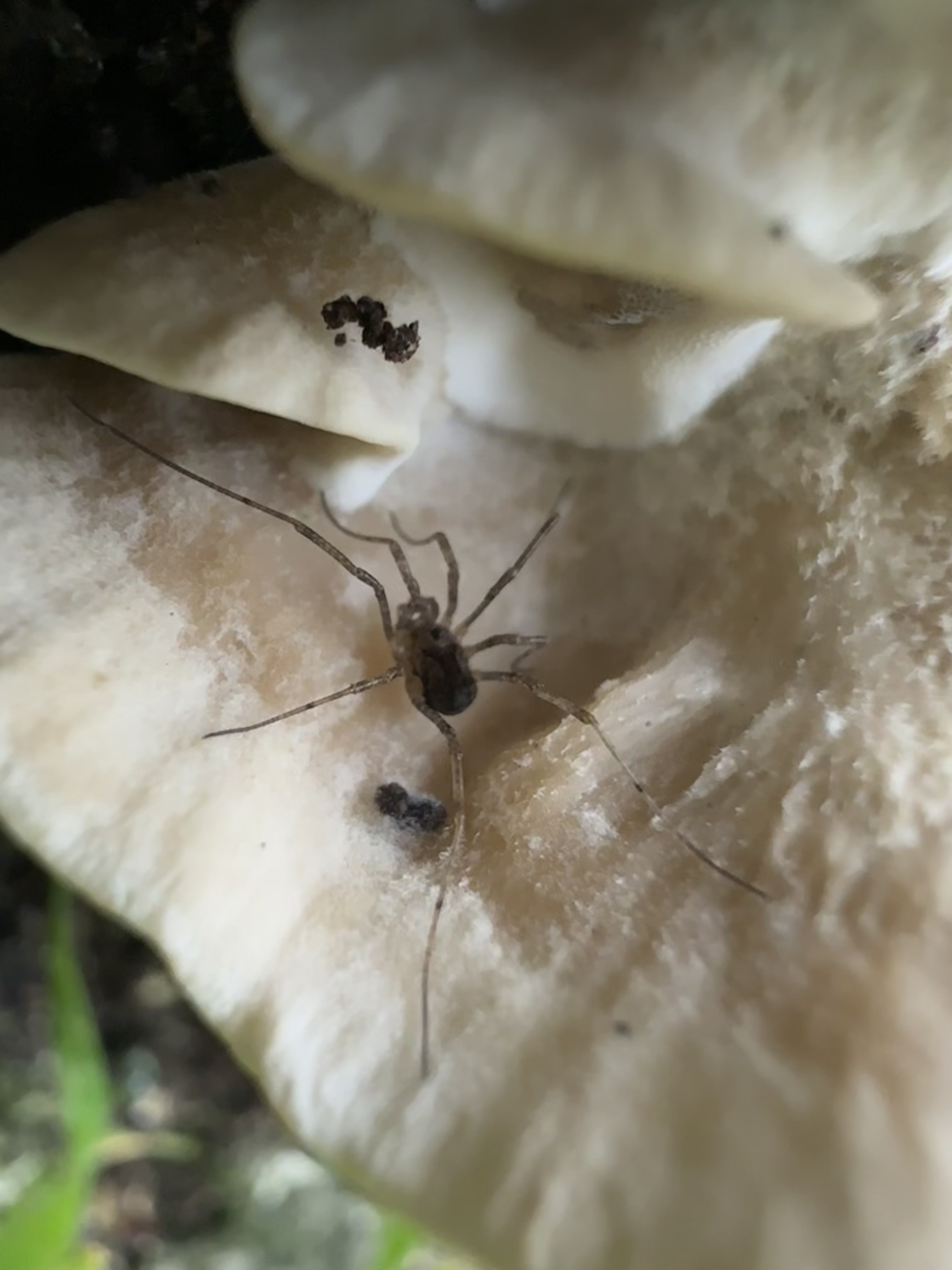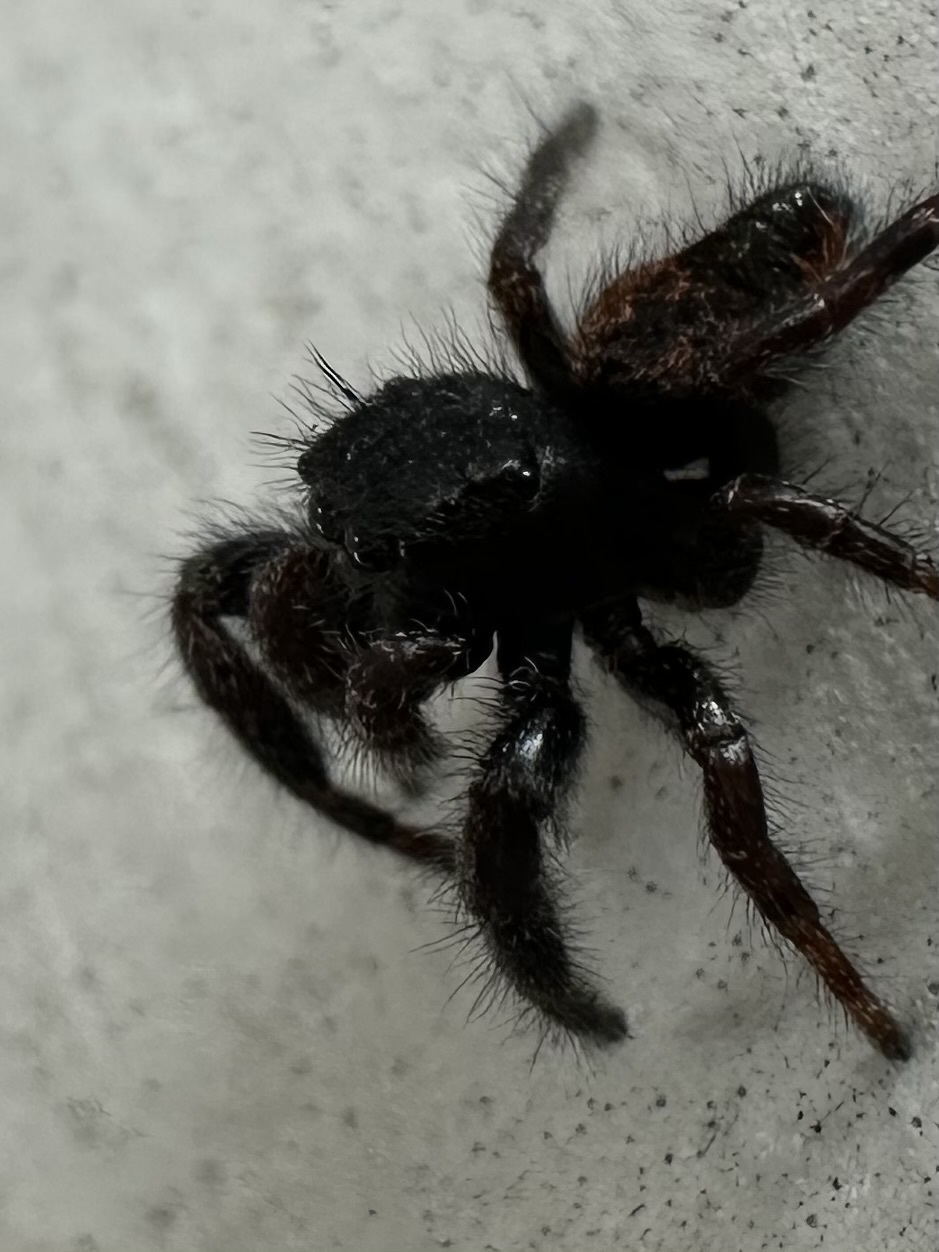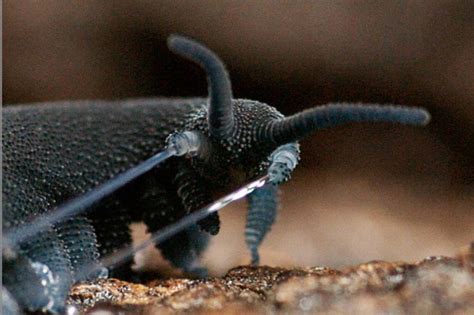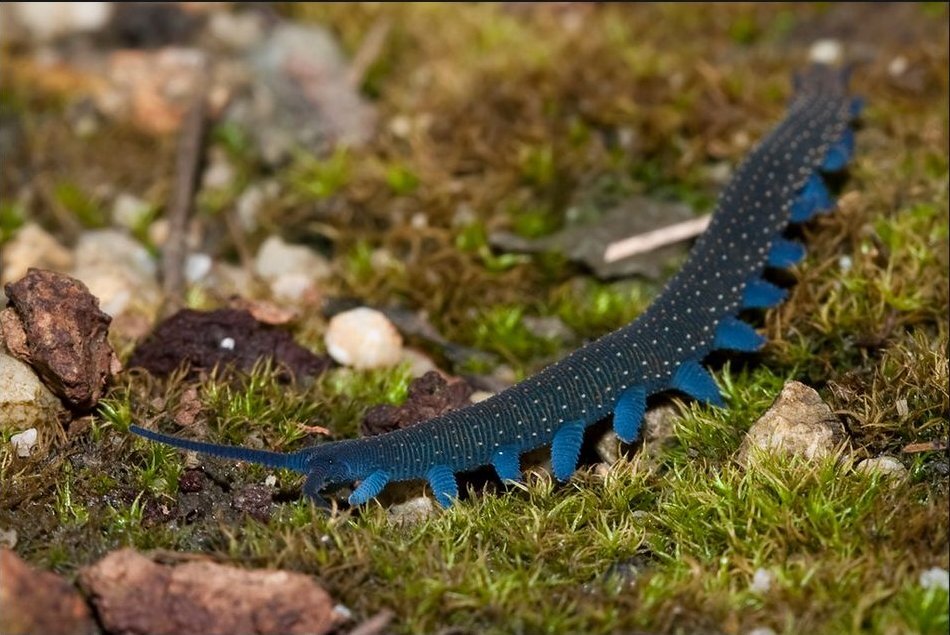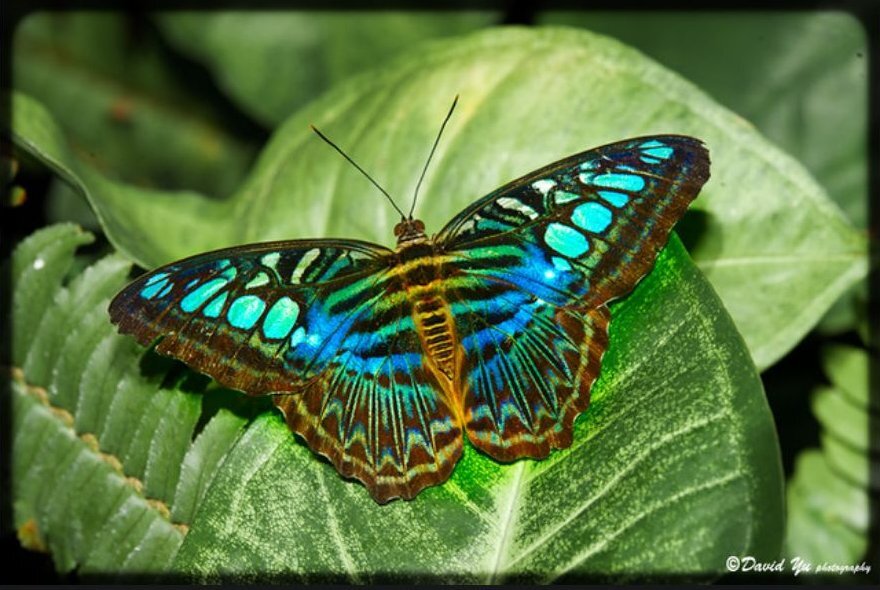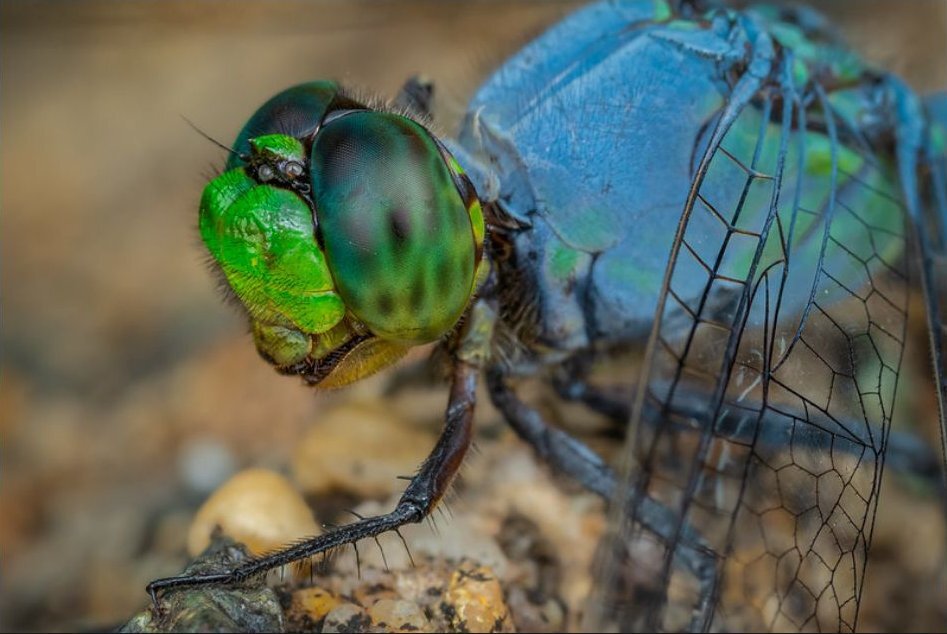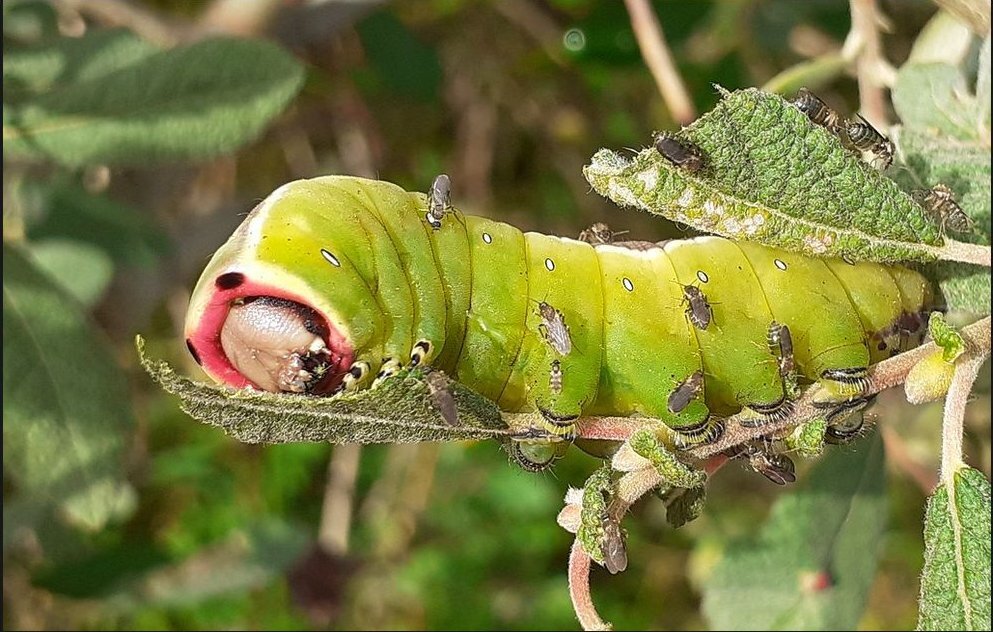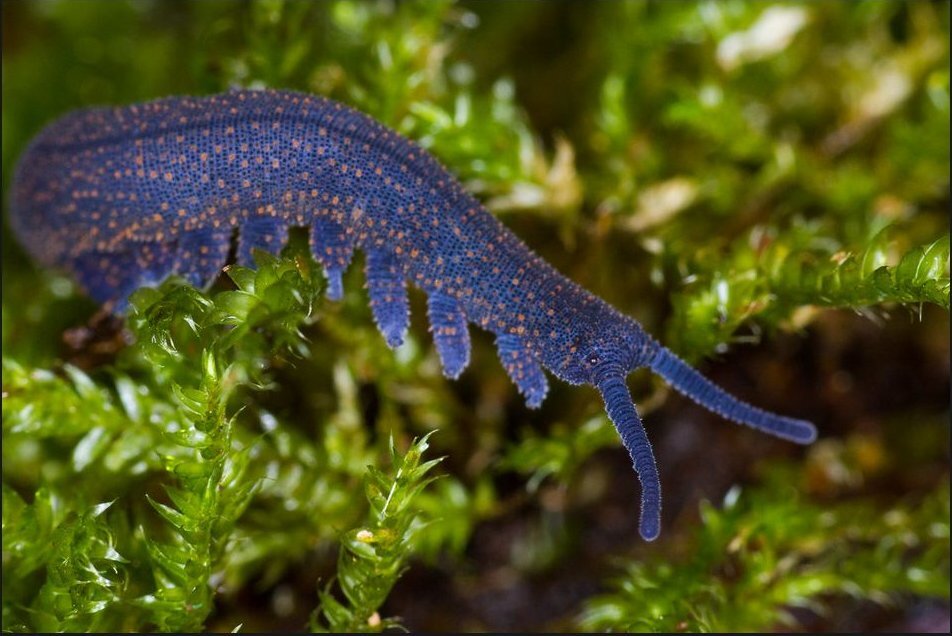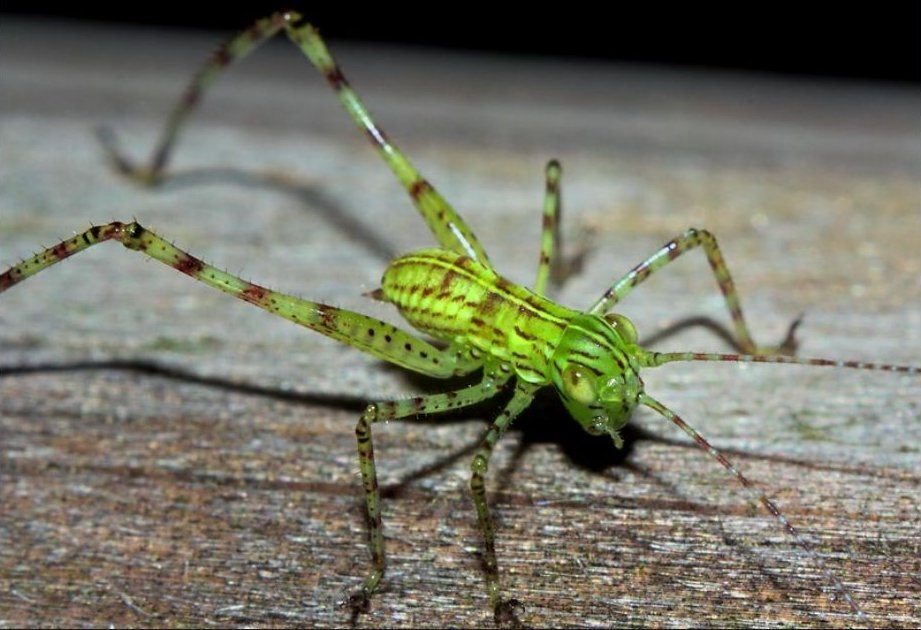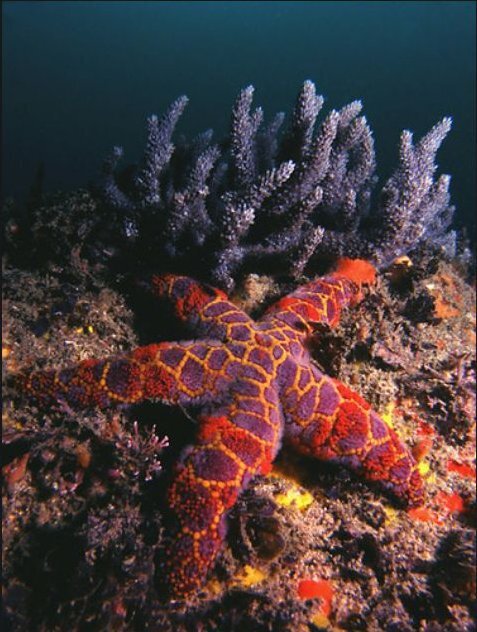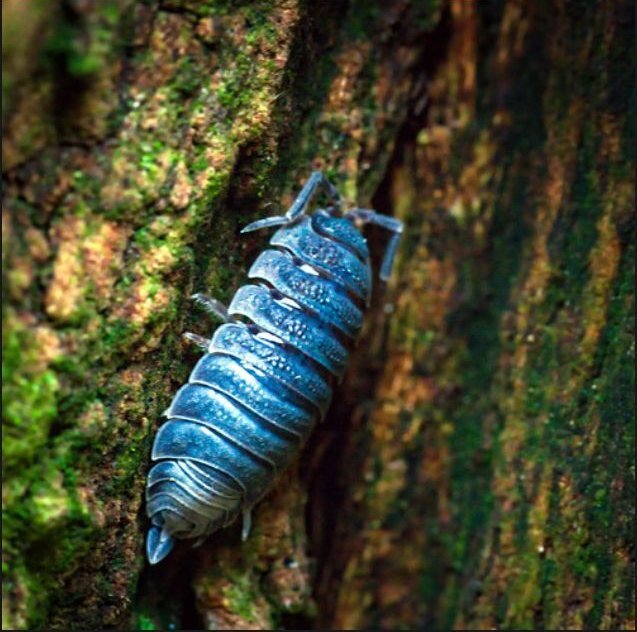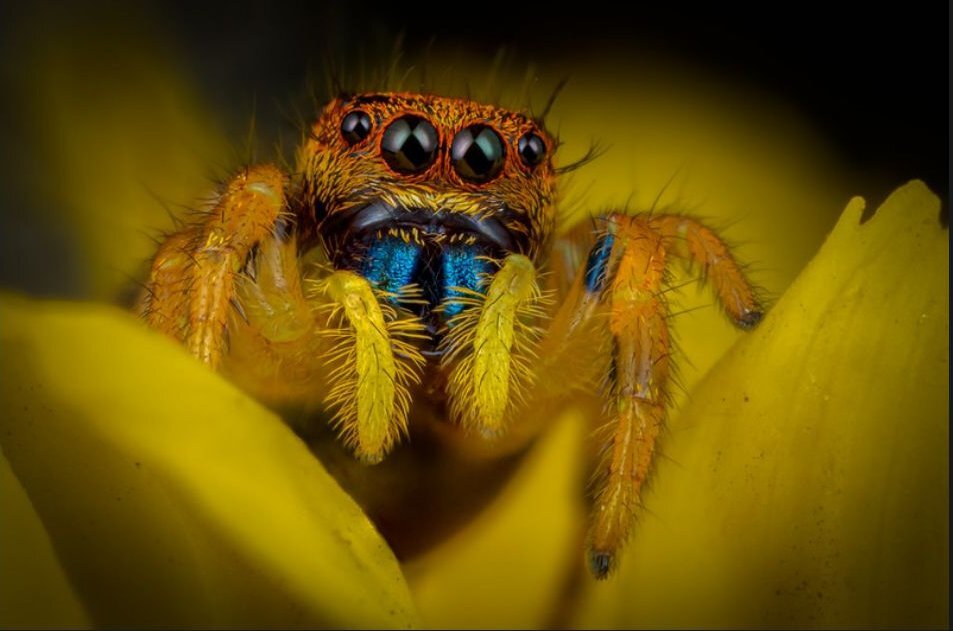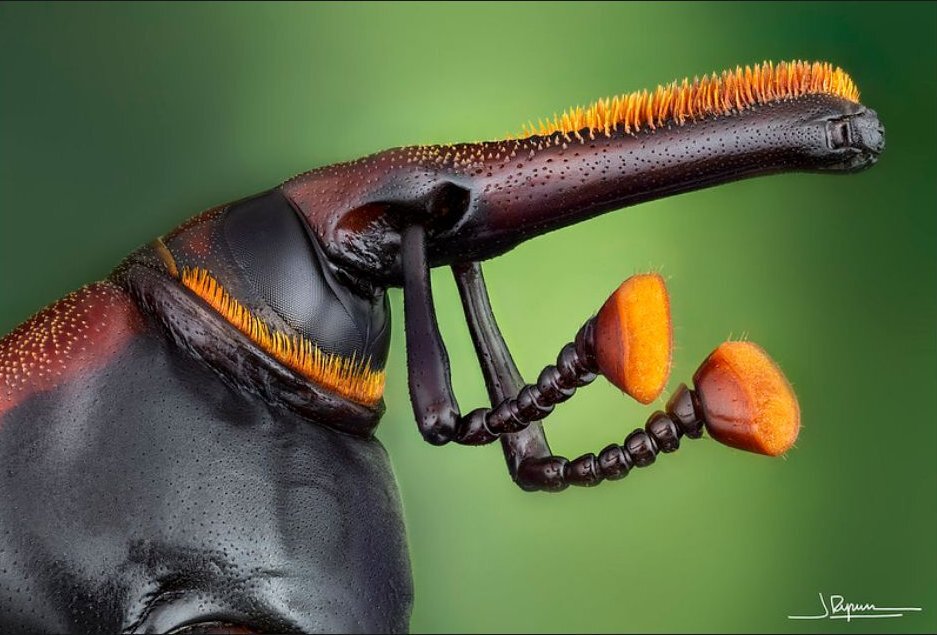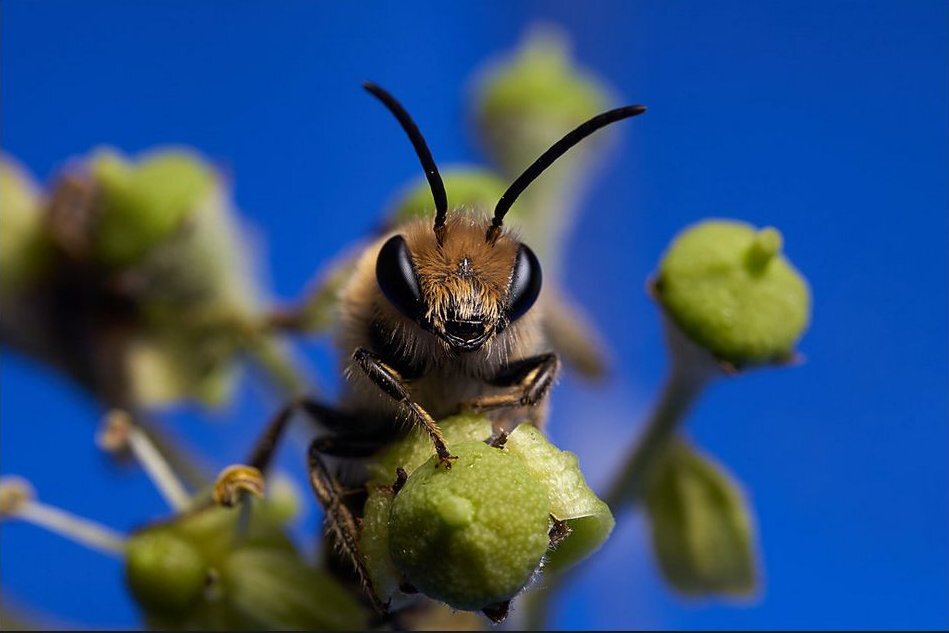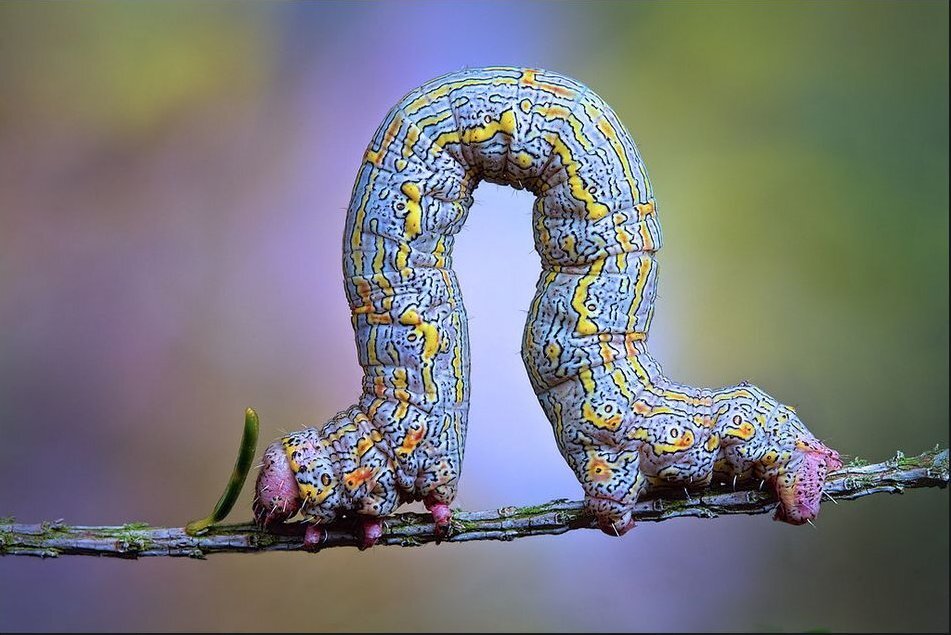Main photo 'Camponotus atriceps infected by Ophiocordyceps camponoti-atricipis, biting onto a leaf edge' by João P. M. Araújo
You've probably played and/or seen 'The Last of Us' and the cordyceps infected humans....which is completely fictional. However, for insects becoming infected by a zombie fungus is a rather horrifying realty, and also incredibly fascinating for us to observe
Ants are targeted by Ophiocordyceps unilateralis sl, aka the zombie ant fungus, which is found mostly in the tropics, and was first discovered by Alfred Russell Wallace in 1859
Ophiocordyceps unilateralis sl, represents a whole complex of many species within O. unilateralis, all of which are host specific, infecting and manipulating carpenter ants. Although researches have recently discovered additional O. unilateralis species that specialise in neotropical ants and have described them as O. kniphofioides subclade.
These are all the O. unilateralis described so far
O. albacongiuae
O. blakebarnesii
O. camponoti-atricipis
O. camponoti-balzani
O. camponoti-bispinosi
O. camponoti-chartificis
O. camponoti-femorati
O. camponoti-floridani
O. camponoti-hippocrepidis
O. camponoti-indiani
O. camponoti-leonardi
O. camponoti- melanotic
O. camponoti-nidulantis
O. camponoti-novogranadensis
O. camponoti-renggeri
O. camponoti-saundersi
O. halabalaensis
O. kimflemingiae
O. naomipierceae
O. ootakii
O. polyrhachis-furcata
O. pulvinata
O. rami
O. satoi
And the following are from the O. kniphofioides subclade
O. daceti
O. kniphofioides
That's a lot of different zombie ants!!
The O. unilateralis fungus has very distinctive characteristics
exhibits a single stroma with a Hirsutella asexual morph, which arises from the dorsal neck region of the dead ant and produces a dark brown perithecia attached to its stalk
As well as only infecting the Camponotini species (Carpenter Ant), the fungus also causes the ant to fix itself to vegetation by clamping down via it's mandibles aka 'the death grip'
O. kniphofioides on the other hand
produce a stroma that grows laterally from the host's thorax which itself generates an orange ascoma [fruiting body, usually bowl shaped]
With O. kniphofioides the infected ants do not show the 'death grip' and typically die at the base of large trees in the Amazon, amongst moss carpets
In the tropics the ant species Camponotus leonardi lives in the tree canopies and had aerial trails on the branches, they will travel down the tree trucks and cross the forest floor when the gaps in the canopy are too wide to navigate. It is here they are infected by the fungal spores
The spores attach to their exoskeletons and break through using both mechanical pressure and enzymes. Yeast stages of the fungal infection spread throughout the ants body causing it to have full body convulsions that make it fall from the canopy to the forest floor.
The ant then climbs up the stem of a plant , and clamps itself to a leaf it using it's mandibles (usually 26cm above the floor on the Northern side of the plant, in a location with 94–95% humidity and temperatures between 20 and 30 °C). This is the optimal location and environment to produce the maximum infections (up to 20 to 30 dead ants per square meter) If the dead ant is moved elsewhere the fungal growth and spores released either fail to occur or are undersized
The fungus then kills the ant, and continues to grow inside it's body, until mycelia sprout from the ant's exoskeleton anchoring the ant further to the plant leaf/stem and
secreting antimicrobials to ward off competition
When the fungus is ready to reproduce it's fruiting bodies grow and erupt from the ant's head....the whole process takes around 4-10 days
And now for some dead ants.....
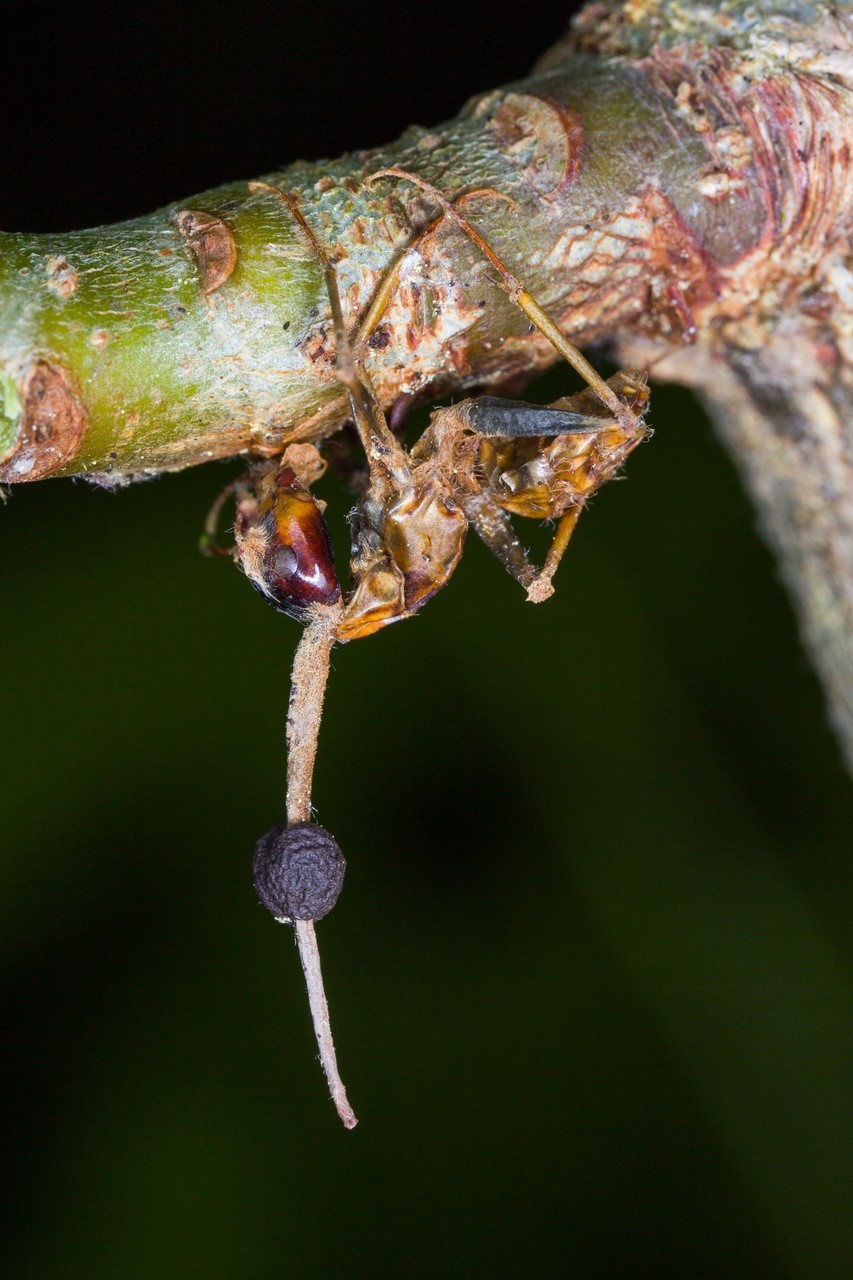
Ophiocordyceps kimflemingiae by Danny Newman
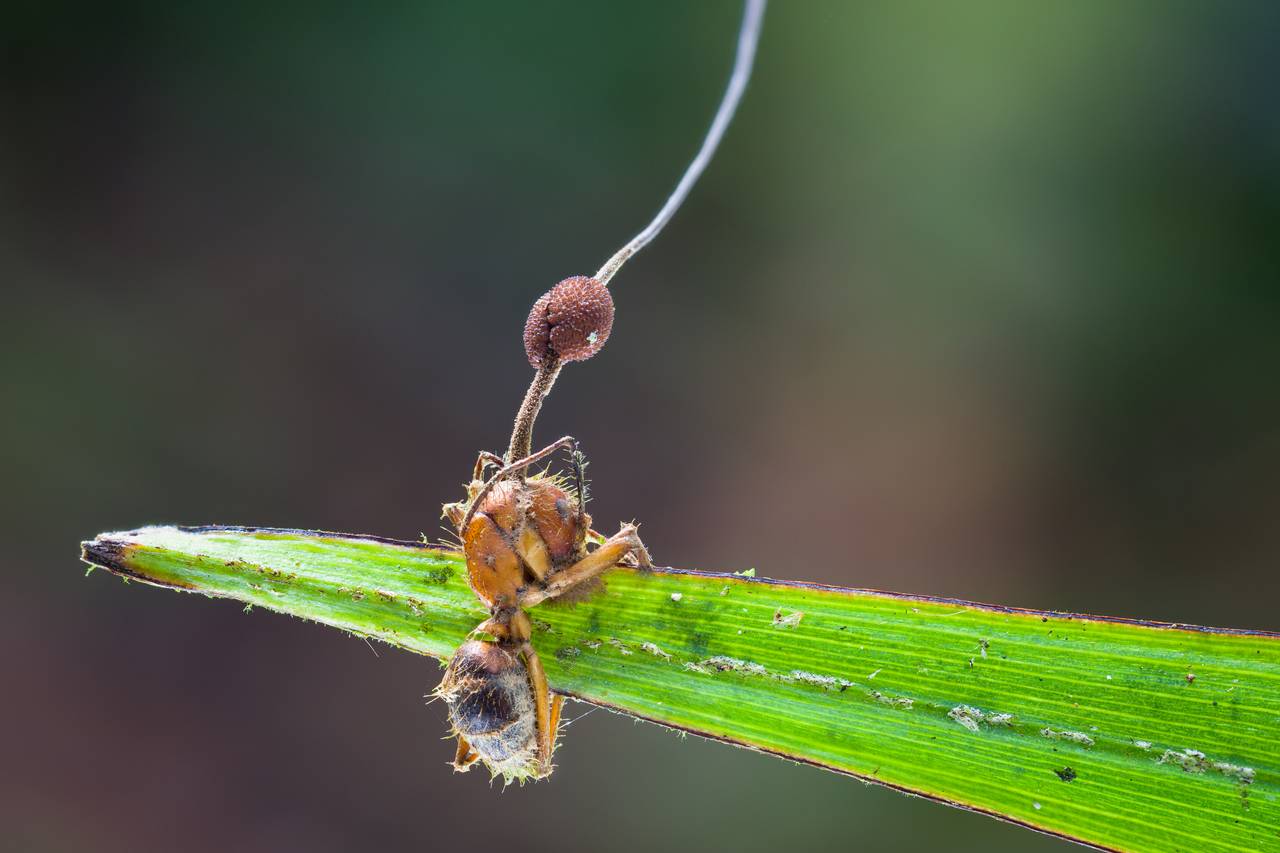
Ophiocordyceps albacongiuae by Danny Newman
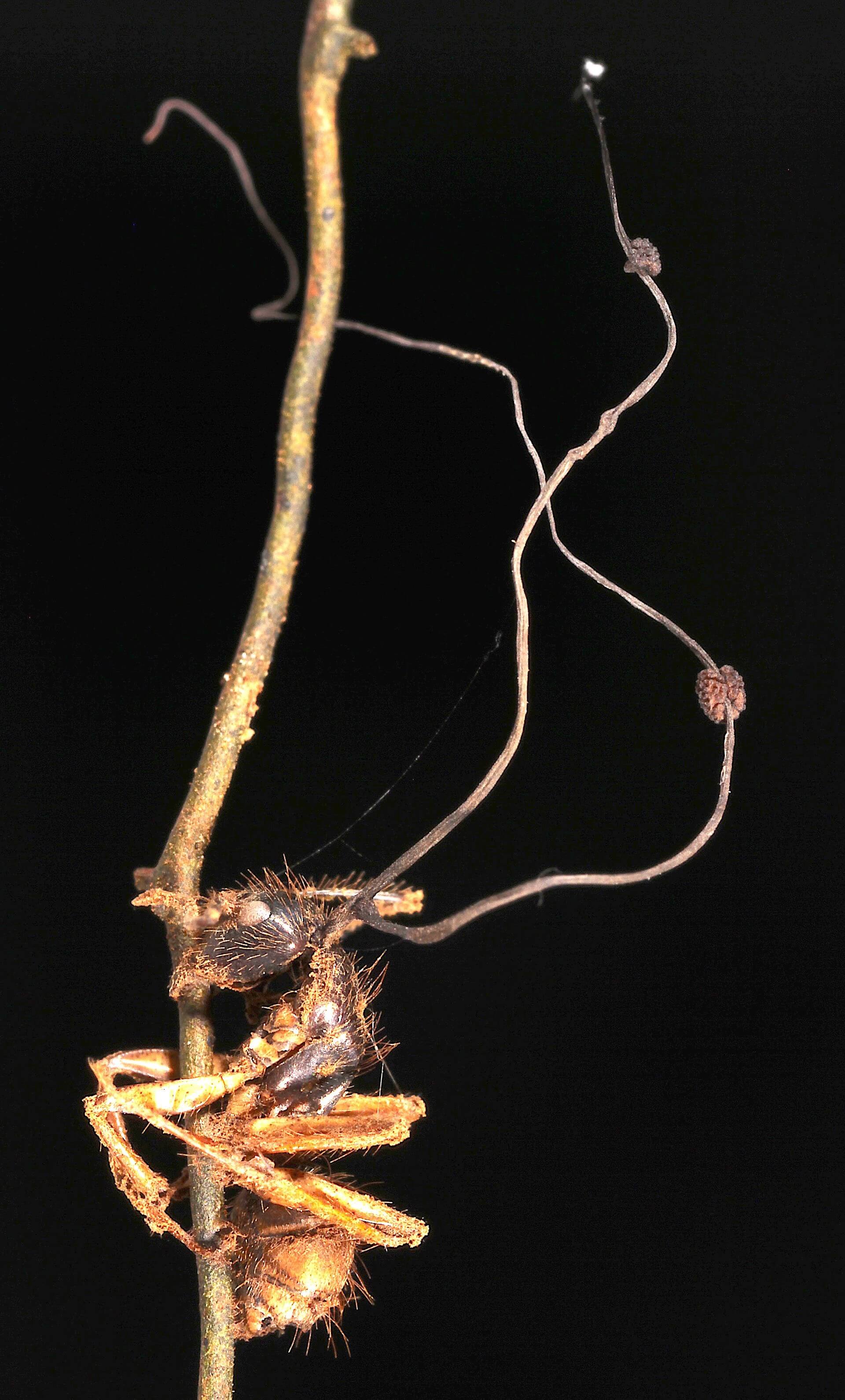
Ophiocordyceps camponoti-renggeri by João P. M. Araújo
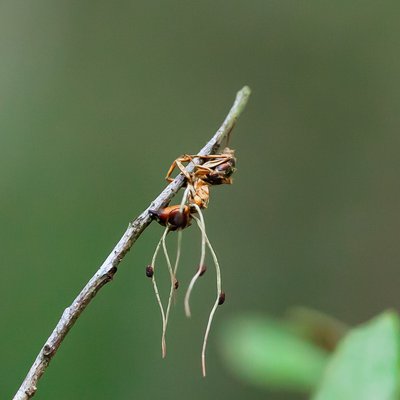
O. camponoti-floridani by Roel Fleuren
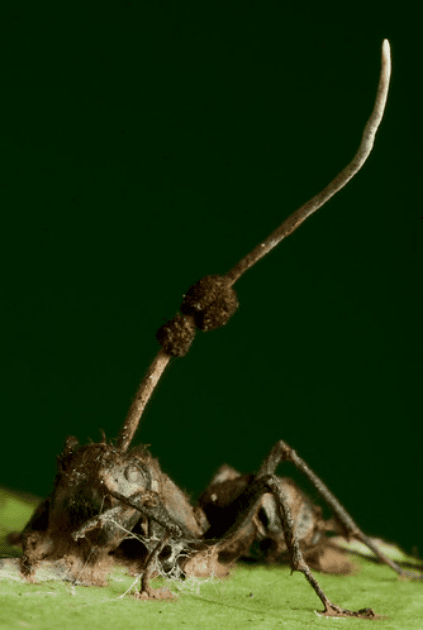
Ophiocordyceps ootakii here
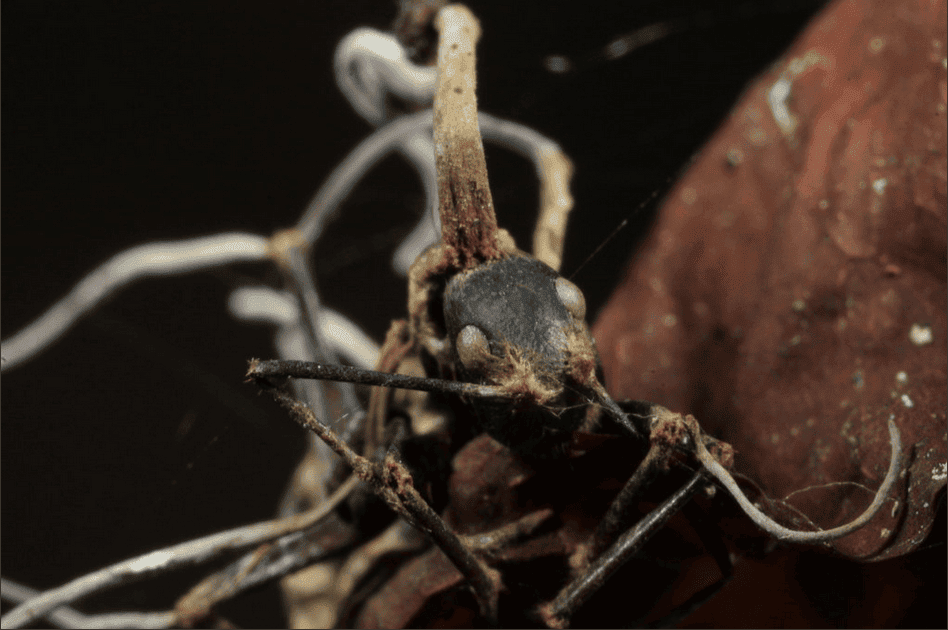
Ophiocordyceps camponoti-indiani by joaofungo
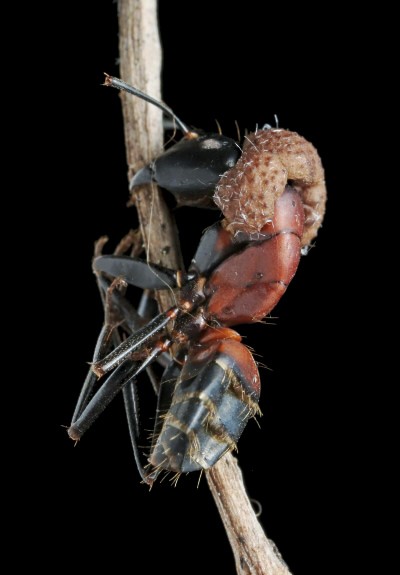
Ophiocordyceps pulvinata here
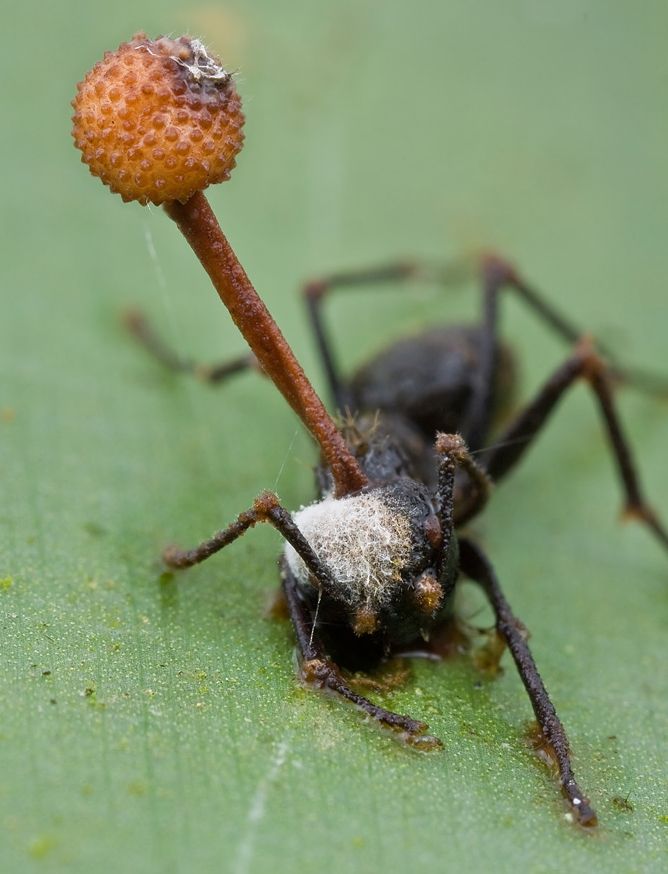
Ophiocordyceps unilateralis infecting Formicidae here
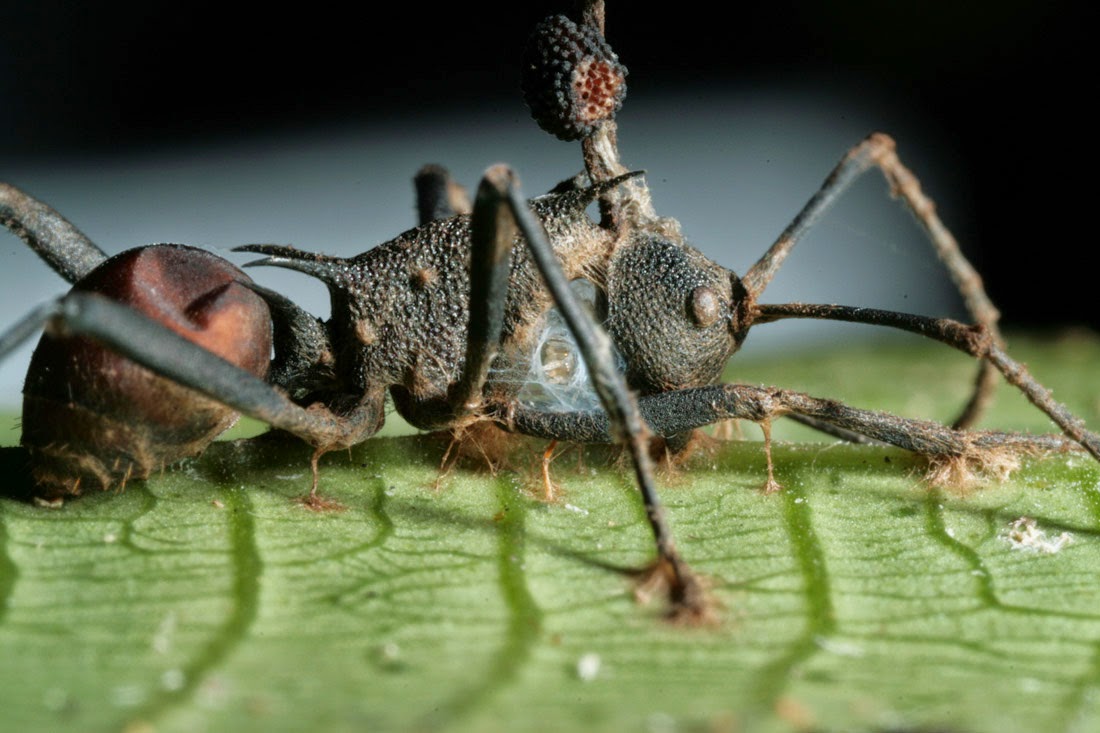
Ophiocordyceps unilateralis growing from a carpenter ant by David Hughes
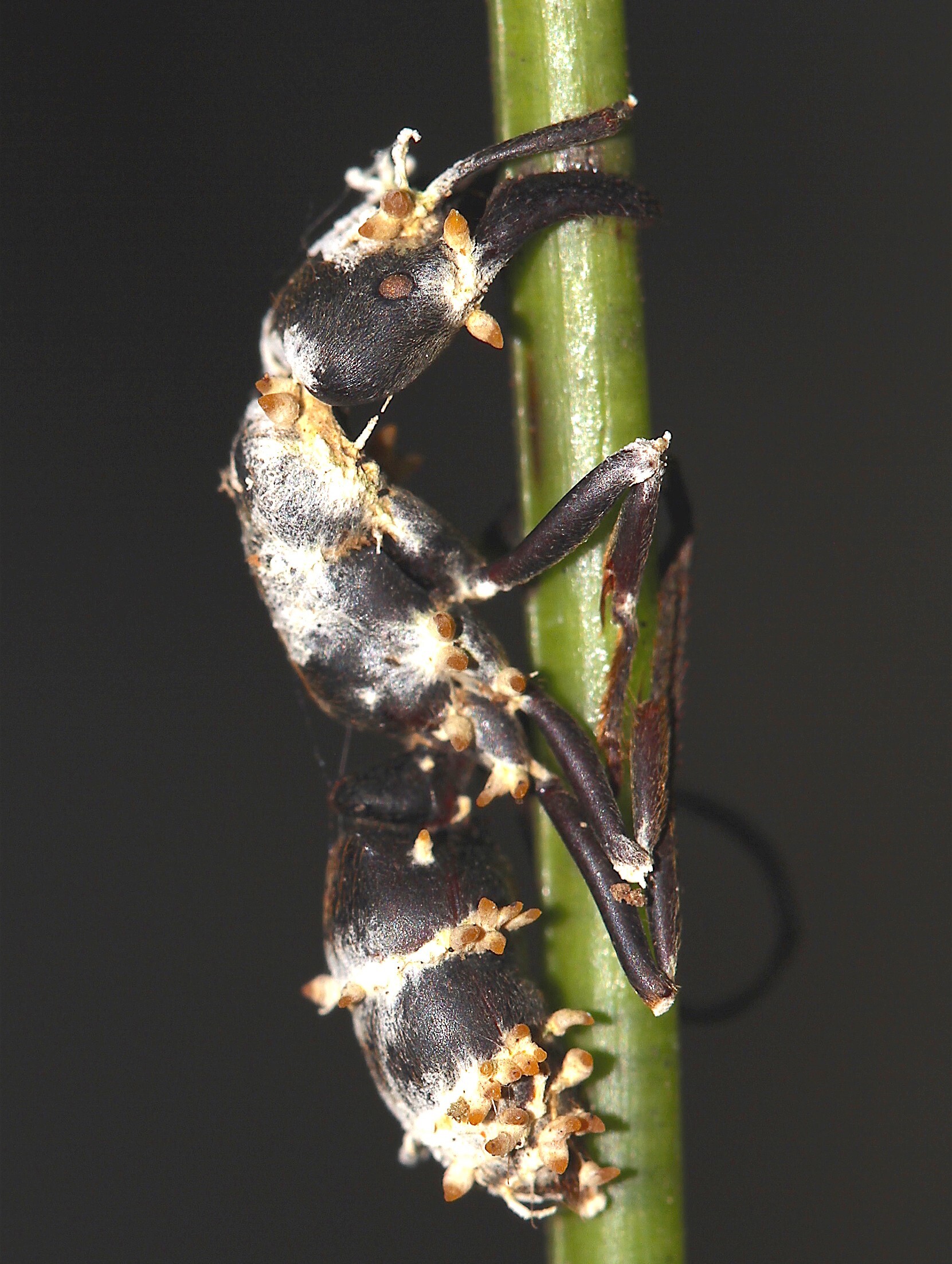
Palthotyreus tarsatus biting onto a green stem. Once infected by an Ophiocordyceps species (still undescribed) by João P. M. Araújo
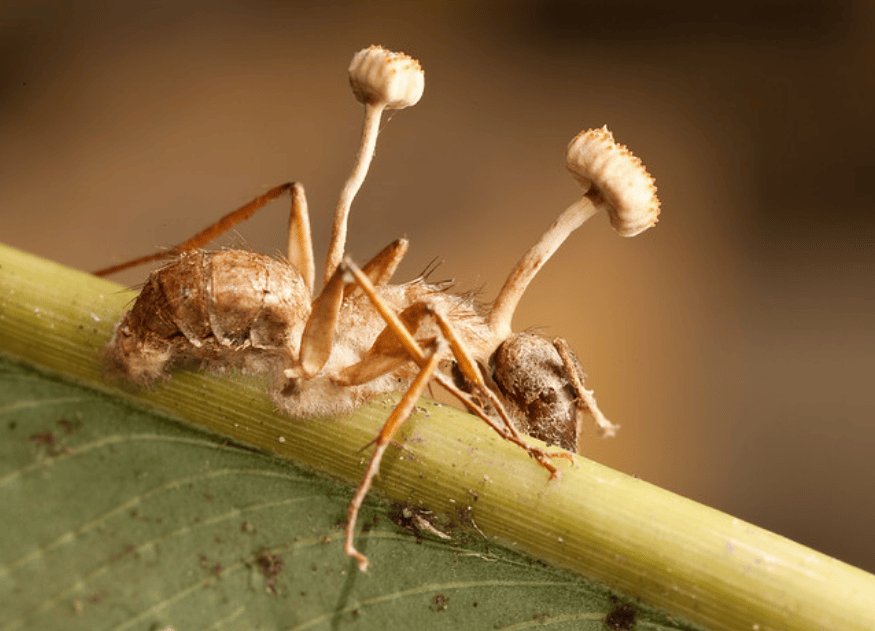
Apologies I can't remember where I found this one, but it's too good not to share....If anyone knows the photographer let me know in the comments and I'll edit. Cheers
All info and quotes via wikipedia
I'm not an expert, I just like sharing interesting things I find. Any errors please post a comment and I'll edit..... and as always please leave a comment as it gives me encouragement to do further posts 👍
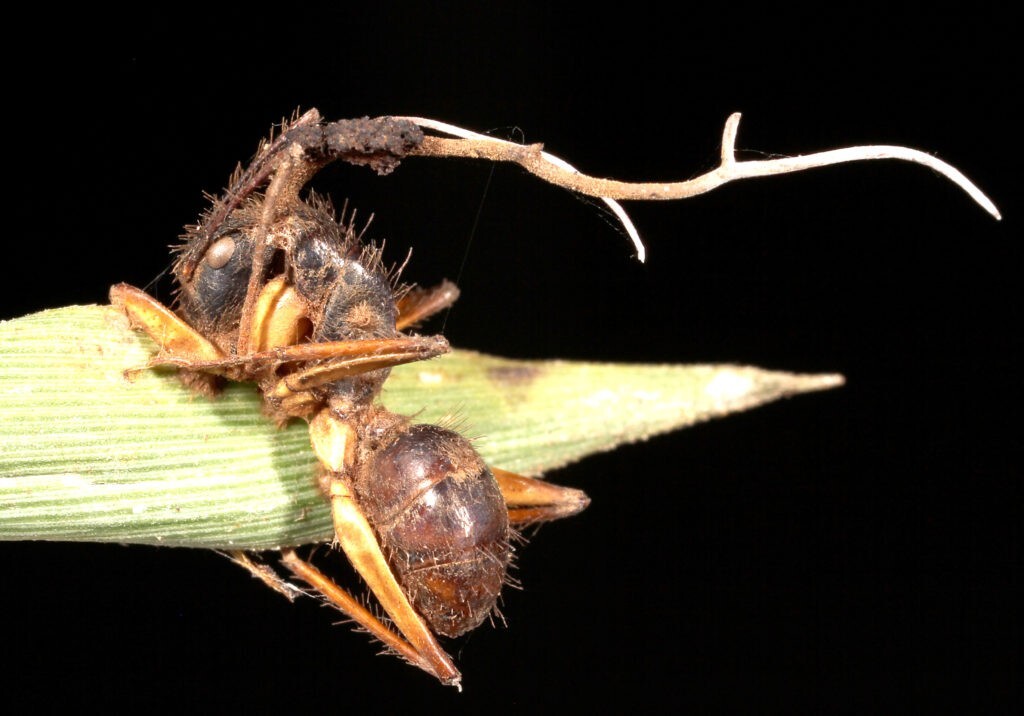
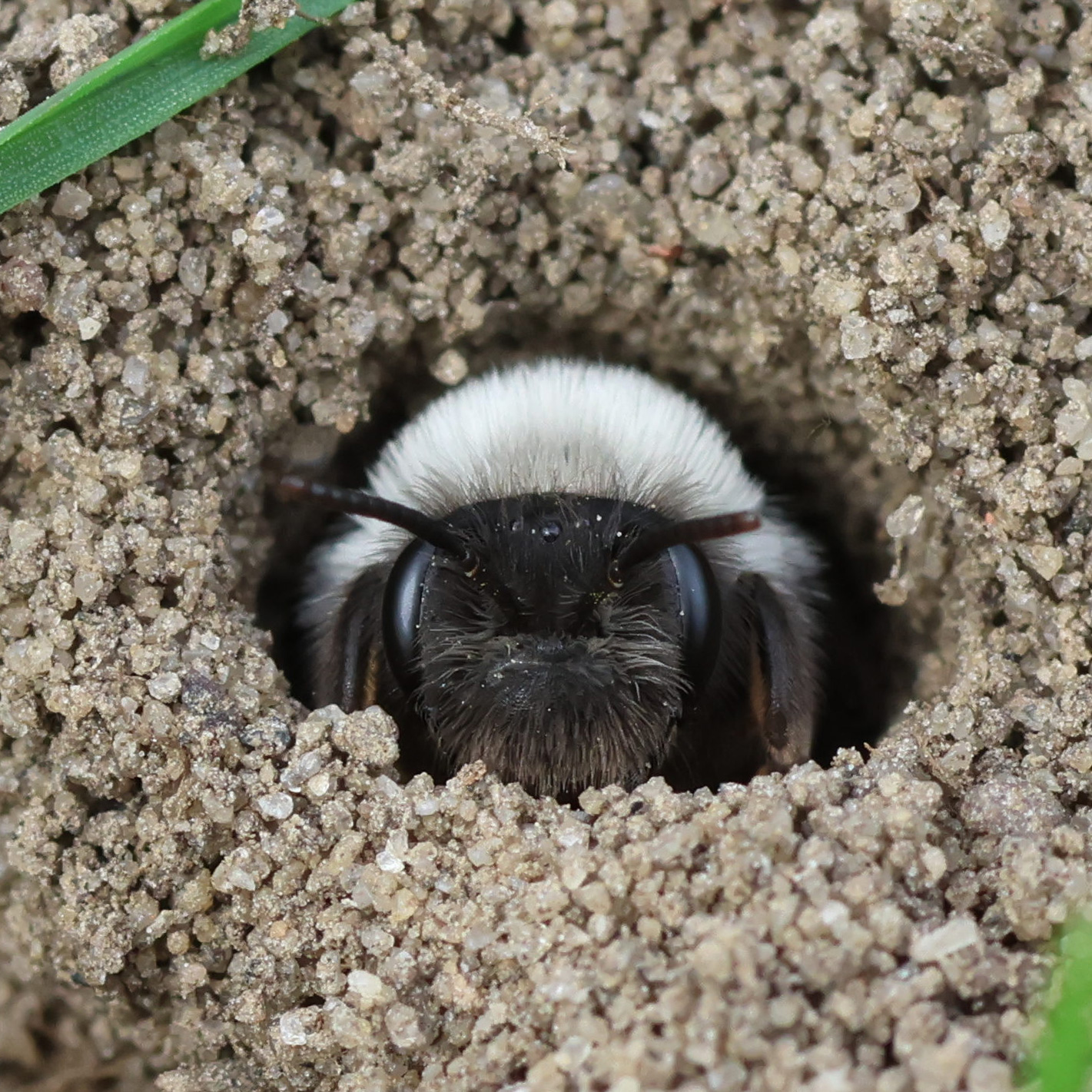
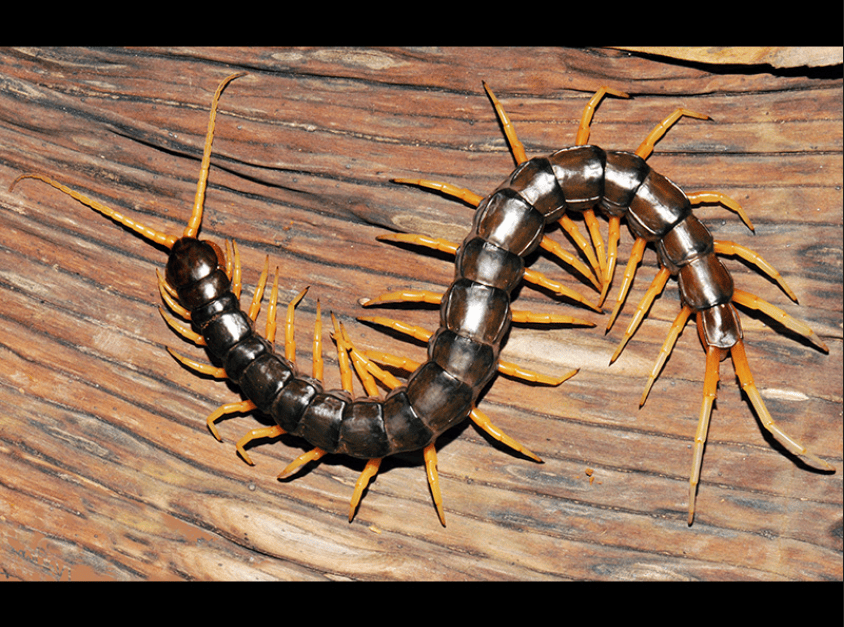
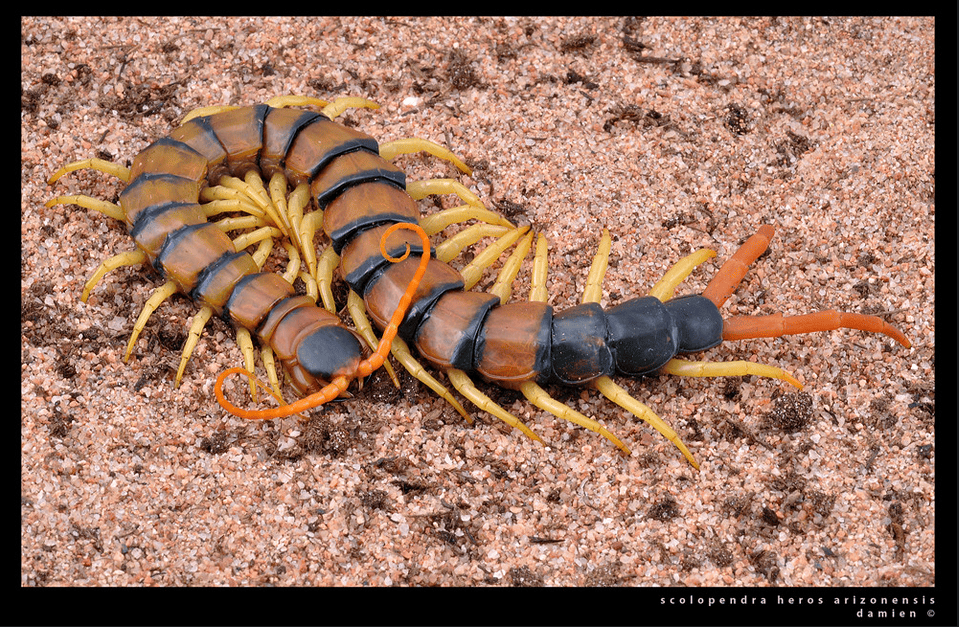
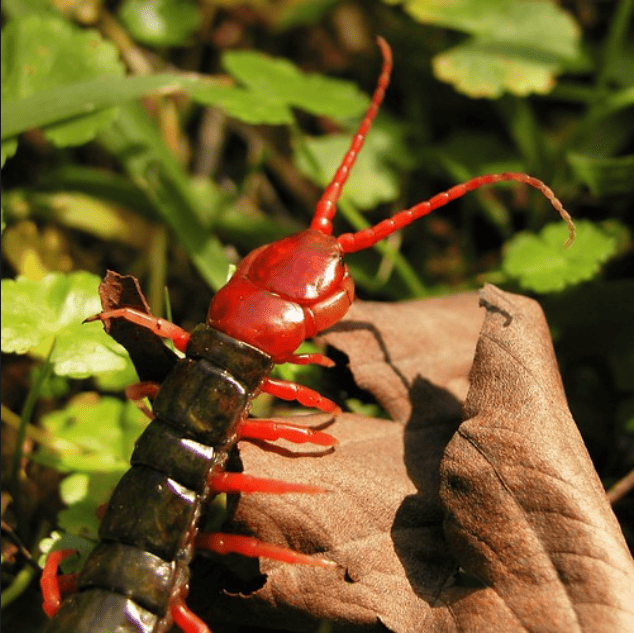
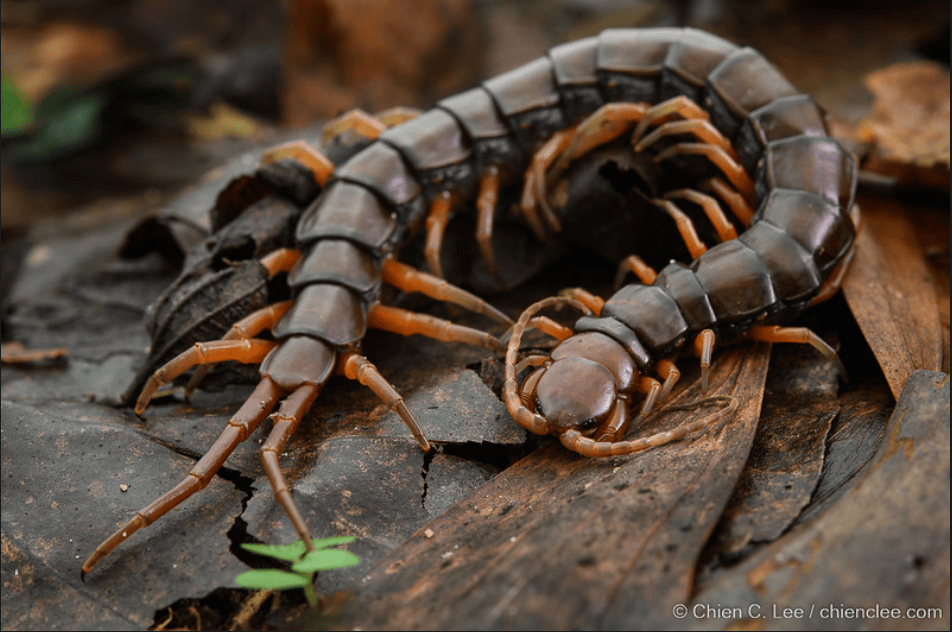
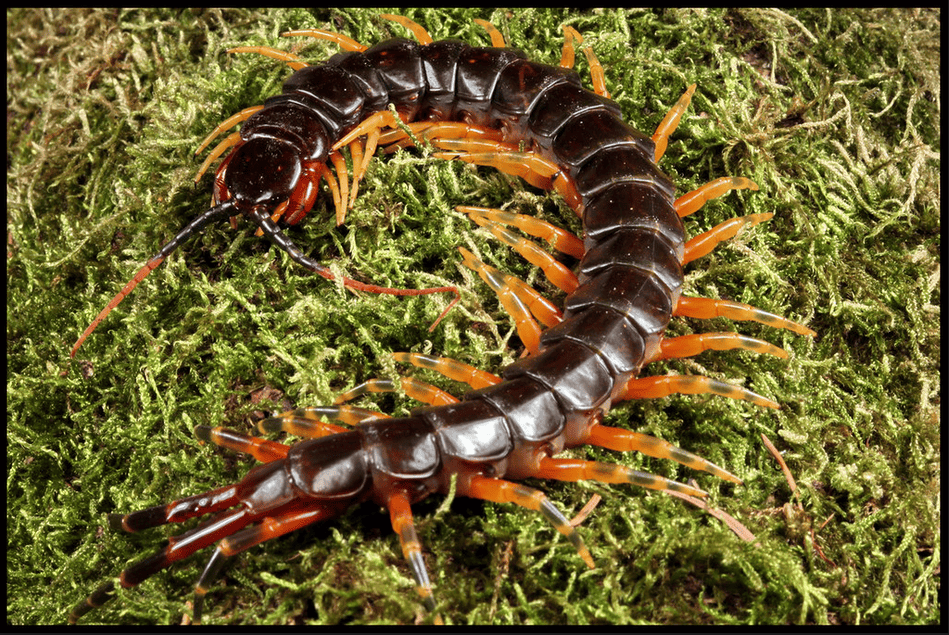
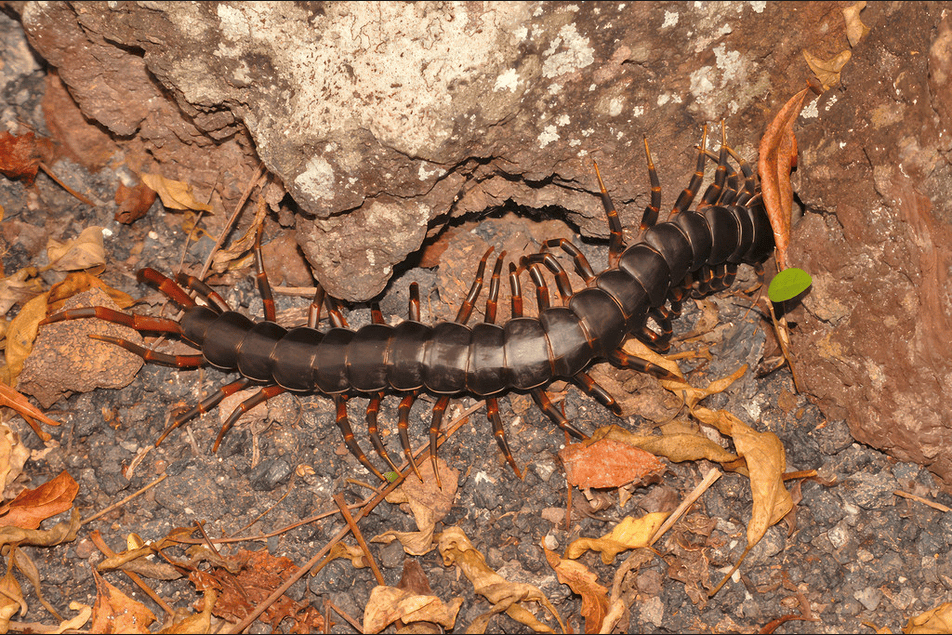
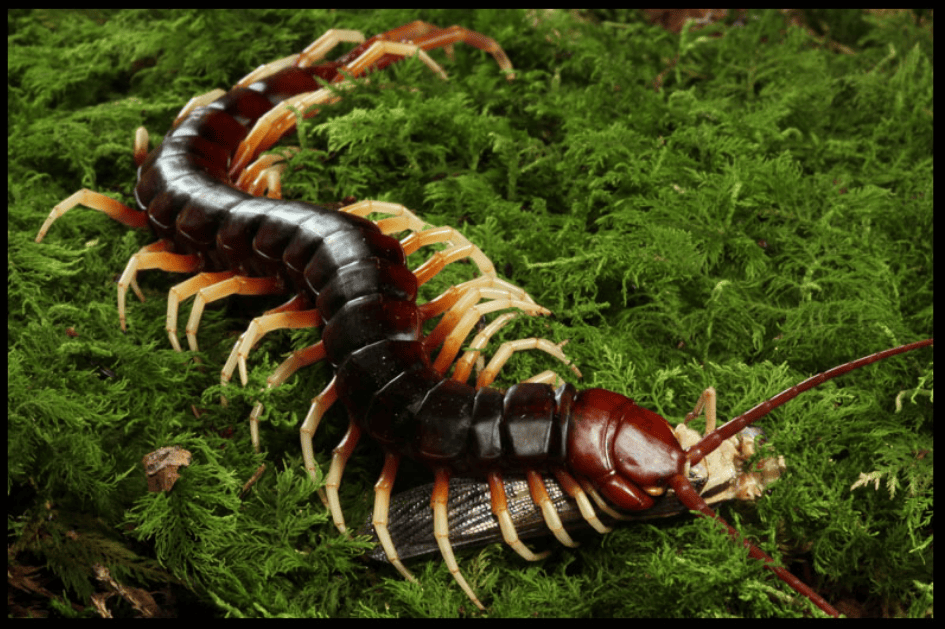
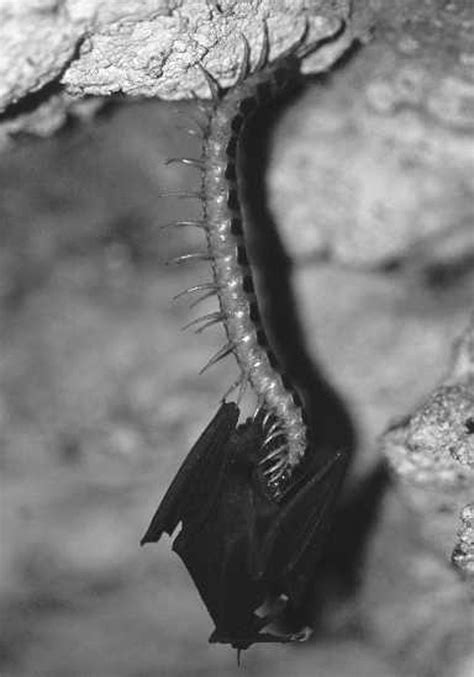
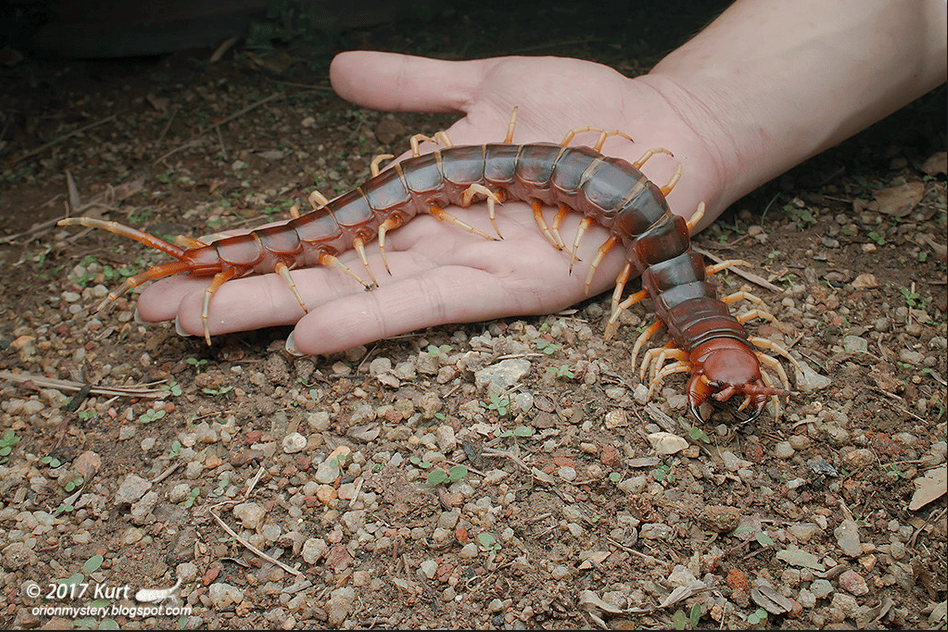
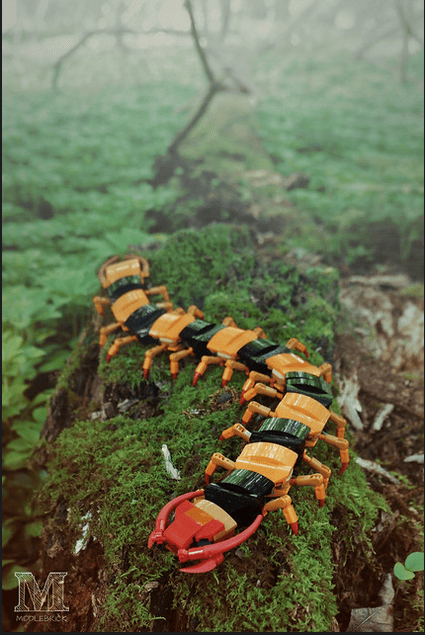
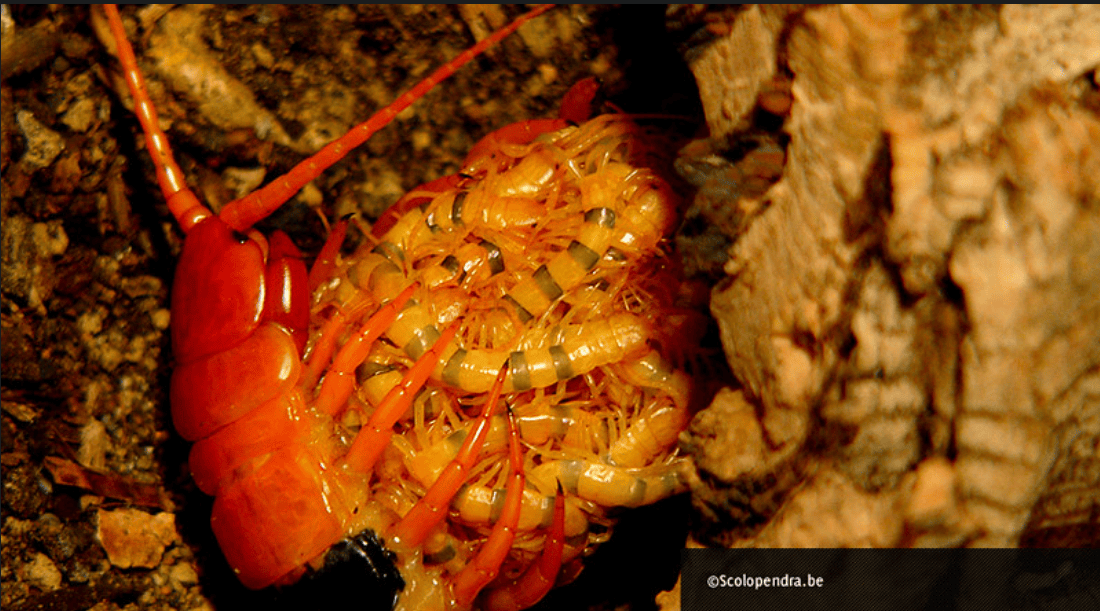

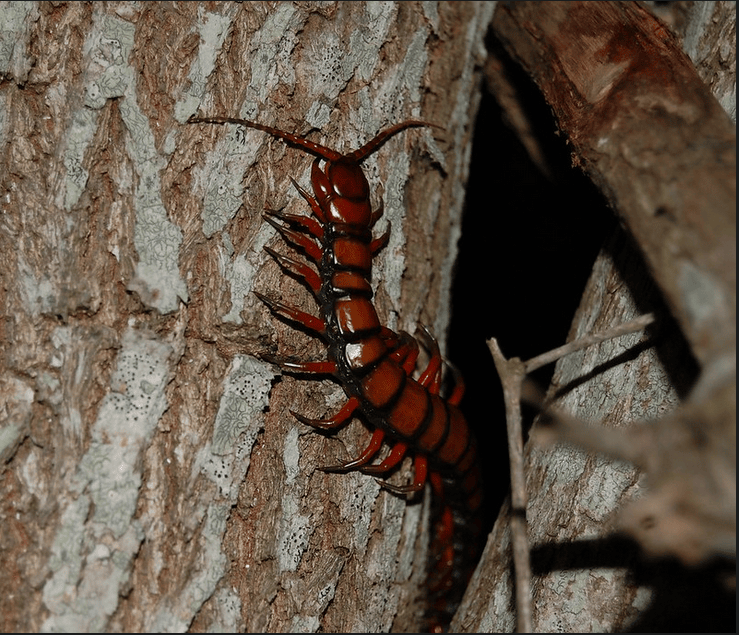


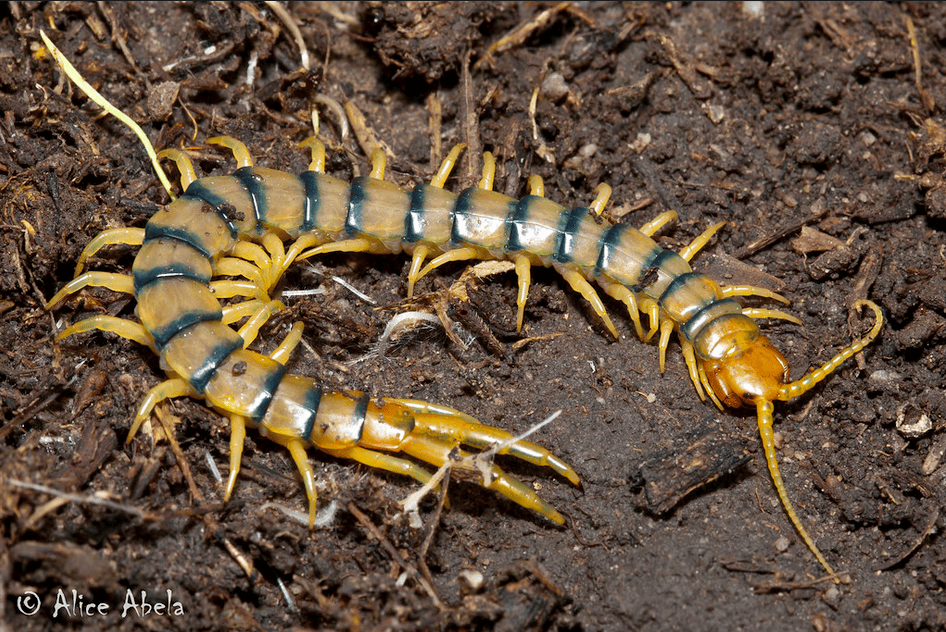
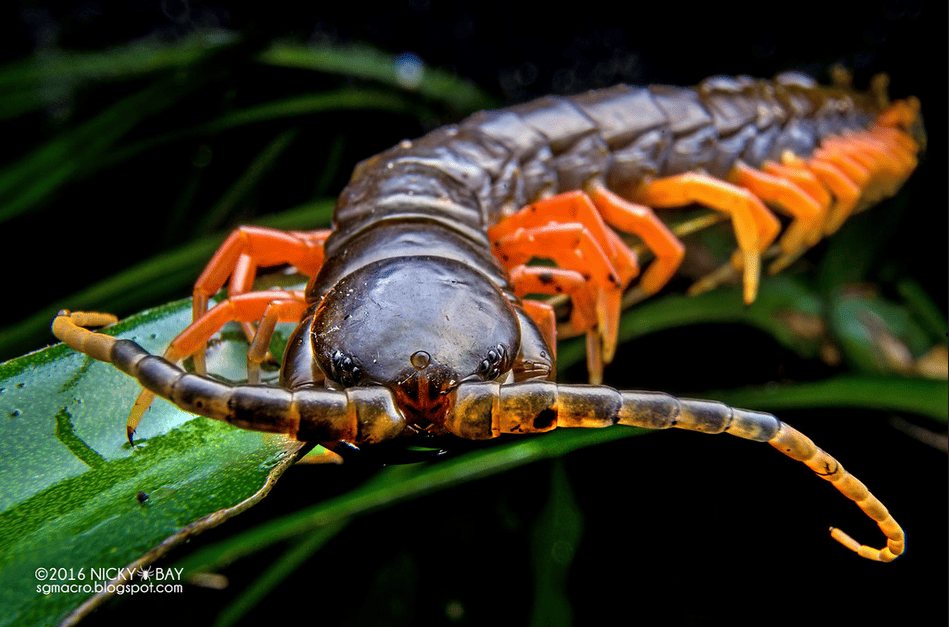
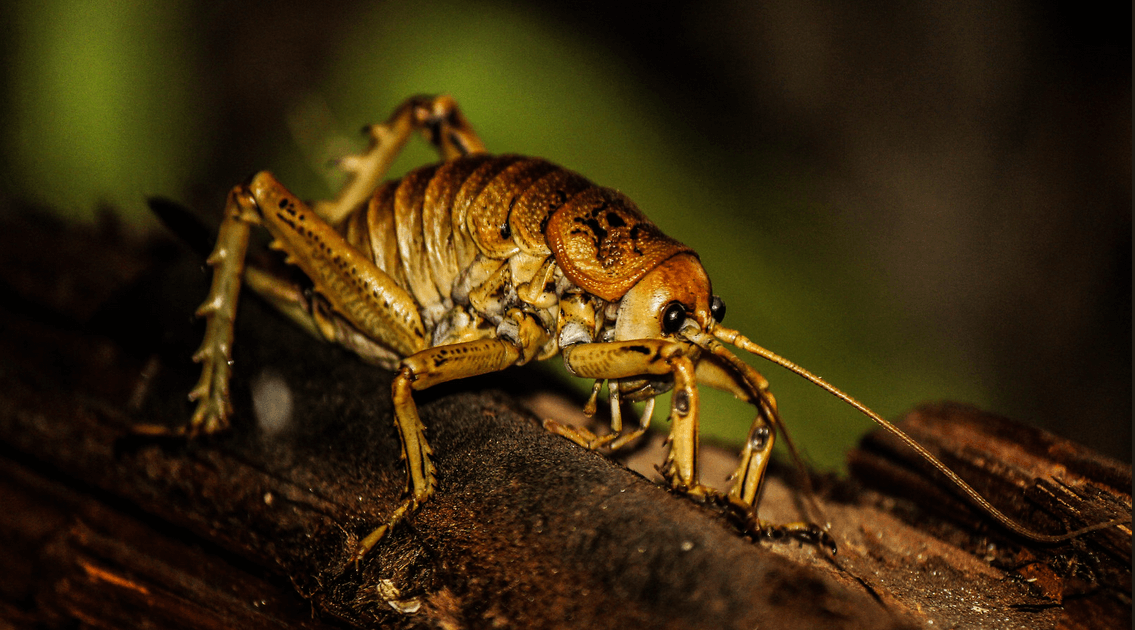
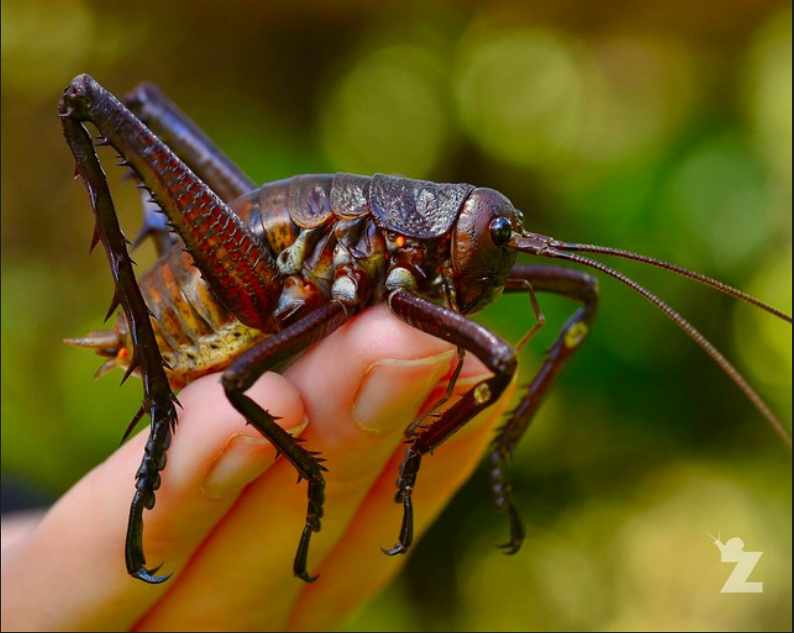
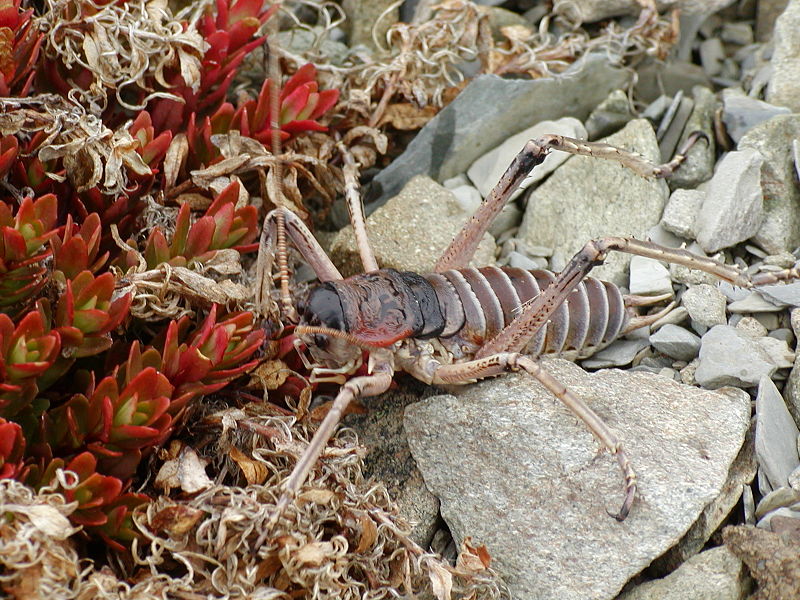


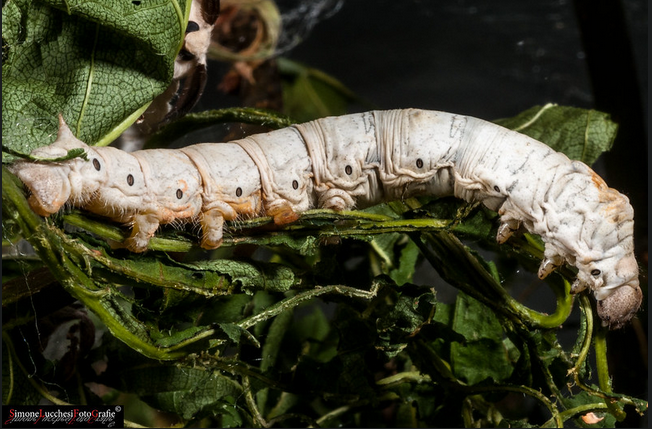

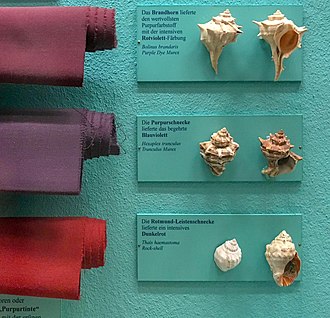 Image via
Image via 